|
Martha Banyas and Jan Harrell lead an enameling workshop that was very successful last spring. If your inspired to bring a group for a retreat check out our open dates and details here. We would love to have you. We are always looking for group leaders from authors to therapists, photographers to coaches. We want to support the expansion of many, come join us in Mexico at our wonderful Florecer Casita property.
Sculptural Jewelry This year I got the best birthday present from my Mom and Cath. I gave Cath some ideas, a fast sketch and my mom gave her a string of tiny aqua marine beads (my birthstone). With very little input she created these wonderful magical fairy queen earrings in just a week. So when you come to stay in Guanajuato, stay long enough for her to make you a pair of earrings, a ring or a necklace. Cath has her own little shop down in the centro at Casa Quertro. She is "of Belgian origin, Catherine is an artist who with texture, fragrance and color, discovers the beauty of nature through her senses." GALLERY-WORKSHOP HOURS Catherine's Gallery can be found on a picturesque little street, Calle San José No. 4, near the Temple of the Company of Jesus in the city of Guanajuato. Her hours are Monday through Saturday from 11:00 to 15: 00 and 16:30 to 20:00 (11am-3pm and 4:30pm - 8pm) Sunday from 11:00 to 16:00 Closed on Tuesdays Catherine presents her work in a studio setting which offers visitors a place where they can view and appreciate her finished art, but at the same time, observe the manufacturing process of a jewel. You will find unique pieces, made mainly of silver, displayed in her GALLERY-WORKSHOP.
She was selected in the 40th edition of the International Cervantino Festival 2012, presenting the "Matches and Mismatches" installation at the Museum Jose and Tomas Chavez Morado of Silao. Catherine Gielis, was born in Belgium, and received her artistic training at IATA des Arts Institute in Namur, Brussels, Sainte Marie Institute, and Institute des Arts et Metiers in Brussels and apprenticed in other shops, such as Emile Souply. Working outside the boundaries of traditional jewelry techniques, her designs are often inspired by and arise from a gem. It is directed, from a simple, universal art, to the present; a contemporary statement in an original creation. Catherine, is an artist who fixes her gaze on nature. She is inspired to create organic designs which characterize her work, Catherine allows you to see every detail of the often invisible natural world that surrounds us. With an exquisite touch, Catherine works directly in the metal, using a hammer and various types of chisels to achieve different textures; some roughened, others velvety or smooth, forming designs representing delicate plants, or the leaves and seeds of trees. She especially loves the Jacaranda seed. So much so, that since discovering it’s beauty here in Mexico, it has become the iconic focus of her art, evolving into her signature concept of sculptural jewelry. Catherine feels it is important to be aware of everything around us. "It's nice to fix your gaze on something simple in nature and discover how beautiful it is; either by its shape, its color, its smell, or its perfection. We are surrounded by this beauty and then do not see it." The magic of the spiral, represented in the shells of snails, is also characteristic of her work. For Catherine, as for many ancient cultures, the spiral represents the infinite; the progressive transformation. Therefore, it is not surprising to discover Catherine always at her bench, transforming silver, manifesting something beautiful. Creative Process An element of great importance to Catherine in creating a work, is the process itself. She chooses to use silver that has been reclaimed, after a very complex process, from electronic devices, and the medical and chemical industries. “This process produces 950 Certified Silver, which is purer than sterling silver,” she says. Aware of the over production and misuse of natural resources, such as the devastating extraction of silver in the mining industry that was once the primary industry in Guanajuato, Catherine argues that unless we change our habits and our way of consumption we will not stop the depletion of those precious resources. In addition, every scrap of silver left on her bench from previous cuts is collected and recycled through the same refining process applied to metals reclaimed from devices such as cameras and mobile phones. The casting of silver to create a sculptural piece is an art. Here we present a series of photographs of Catherine Gielis at work. To prepare the silver, Catherine begins by carefully heating a mold into which she will pour molten silver. This is an important step to insure a clean, quality ingot. The reclaimed silver is placed in a high-heat resistant porcelain crucible where it is brought to a molten state. It is then poured into the heated mold and allowed to cool. This process takes a few minutes, but it requires great concentration by the artist. When the metal is liquid and presents a particular red-silver color, it must be poured quickly into the mold. In seconds, as it cools, it forms a silver ingot of high quality. It is placed in a bath of special salts that bleach any discoloration caused by heating the metal. With her commitment to the environment, Catherine does not use sulfuric acid in the cleaning process. When the metal is clean and bright, it can then be put through a rolling mill or a pierced steel plate to create thin sheets of silver or silver wire used in the construction of her jewelry. It is passed through the mill many times until the shape and thickness of the metal is appropriate for the design. If necessary, the metal can be hammered throughout the process to define the shape desired. Finally, after this long process of recovering silver, casting an ingot, and preparing the metal, Catherine begins the work of cutting, texturing, polishing, and assembling the delicate pieces which make up her sculptural works of art. She incorporates ancient techniques such as Repousse, the art of raising metal from the reverse side to create dimension and form in sheet metal, using a hammer and steel tools of various shapes, to create graceful, contemporary representations of nature’s beauty. Thank you Cath for providing such lovely text and for new lively sculptures on my ears Would you like to bring a group to Guanajuato? Would you like to bring a group to Guanajuato for a learning experience, family reunion or a gathering of friends? We are scheduling our group retreats and workshops for late 2019 and 2020. Currently we can host 8-10 people (double occupancy) in our eco friendly, art filled apartments and main house. Group leaders room is complimentary. Our indoor spaces include use of the main house, which has a contemporary large kitchen and dining area, living room for group work or relaxing, and a small sunroom for intimate gatherings. Outdoors we have a beautiful garden with many seating areas, a large outdoor terrace for movement, yoga, drinks and dinner, and a roof terrace for watching glorious sunsets. We are walking distance to the center of town (10 minutes) and a mini bus returns to us every 15 minutes, or so. Please visit The Florecer Casitas website to see the wonderful space we have to offer. One day additional workshops are also available for group members. These might include a tour of Guanajuato, trip to San Miguel de Allende, a printmaking workshop, a day long meditation and yoga retreat, a journal writing experience, Spanish lessons, a Mexican cooking class, or tour of local vineyards. If you have an idea for a workshop specific to your group, let us know and we'll be happy to find an instructor or tour guide. Additionally, if you would like to bring your business associates for a brainstorming or planning session, or your family for a reunion or special event, let us know how we can help. Double check if dates are open HERE Available dates in 2019: November 10-17 Reserved Available dates in 2020 January 12-19 Reserved February 16-23 Reserved Full Ecology March 8-15 April 5-11 April 19-26 May 3-9 May 10-17 June 7-14 July 12-19 August 2-8 August 16-23 September 6-12 October 4-11 October 28-November 4th Reserved with Trenia Logan - Day of the Dead November 8-15 If you would like to reserve your dates for 2019-2020, please let us know as soon as possible. A confirmation of your reservation and a deposit of $500USD ($250 non-refundable for change of plans) will be necessary by October of 2019. A minimum of 8 participants and a maximum of 10, (double occupancy) includes exclusive use of the main house and terraces at $400 per week, per person. Complimentary accommodation for 1 or 2 leaders included. This fee does not include airport transfers, tours, workshops or food. Food, city tours, airport transportation, shopping trips, or workshops can be arranged for an additional fee if desired. WE WOULD LOVE TO SHARE GUANAJUATO WITH YOU AND YOUR GROUP. IT'S THE UNDISCOVERED GEM OF MEXICO! "A change of environment sparks a change in the evolution of self" Contact Liz Mapelli to reserve your dates now. This is the Jazmin apartment and right now it's available to be rented. At night you have the option of turning on a lighted a wall sculpture showing Zapata and Pancho Villa. The kitchen is equipped with locally made pottery. Depending on your preference, a king or two twins beds are available. To make a reservation visit Florecer Casitas, we look forward to your visit to Guanajuato. From gardens to floors to grand architecture, Guanajuato is a photographer paradise. Come stay with us at the Golden Bee or Florecer Casitas. You will enjoy yourself immensely.
Moving through the town of Guanajuato is like being a rabbit running through a warren. Thank you for the article and photographs EL pisoton of Face Book
In 1883 began the construction of the project that promised to remedy that setback: the tunnels. The first tunnel that is finished for this purpose is the known as "el cuajín", which connects from the hacienda of san agustín to the market of ambassadors. Subsequently, due to the constant growth of the population and the vehicle park, it was necessary to vent traffic somewhere. Curiously were these same tunnels the solution to the second problem that emerged with the passage of time. The Underground Street of guanajuato is perhaps one of the most impressive architectural jewels of all Latin America, years ago the so-called river guanajuato ran below the city and often was the culprit of serious floods so in the mid-th century engineers decided Prosecute the water towards underground caverns and so was born the one we know today as Miguel Hidalgo Street. In the th century there were four camps for the discovery of silver veins: Santa Ana, Santa Fe, tepetapa and Santiago De Ivory. Years later, the haciendas of pardo, Salgado, cervera, Alonso, Duarte, Sebastián Rodriguez, San Juan de jasso and biscuit were built, which mainly occupied the cañada. Between the th and th centuries, urban growth began to reach the river river, so there was a time when it was reduced, even some people had to lift boxes in their homes, i.e. raise the level to avoid flooding. CALLE SUBTERRÁNEA En 1883 comenzó la construcción del proyecto que prometía remediar dicho contratiempo: los túneles. El primer túnel que se terminó para este propósito es el conocido como "El Cuajín", que conecta desde la Hacienda de San Agustín hasta el Mercado de Embajadoras. Posteriormente, debido al crecimiento constante de la población y el parque vehicular, se hizo necesario desahogar el tráfico por algún lugar. Curiosamente fueron estos mismos túneles la solución al segundo problema que surgió con el paso del tiempo. La Calle Subterránea de Guanajuato es tal vez una de las joyas arquitectónicas más impresionantes de todo Latinoamérica, años atrás el llamado Río Guanajuato corría por debajo de la ciudad y a menudo era el culpable de serias inundaciones por lo que a mediados del siglo XX ingenieros decidieron encausar el agua hacia cavernas subterráneas y así nació la que hoy conocemos como la Calle Miguel Hidalgo. En el siglo XVI había cuatro campamentos por el descubrimiento de las vetas de plata: Santa Ana, Santa Fe, Tepetapa y Santiago de Marfil. Años después se construyeron las Haciendas de Pardo, Salgado, Cervera, Alonso, Duarte, Sebastián Rodríguez, San Juan de Jasso y Pastita, las cuales ocuparon principalmente la cañada. Entre los siglos XVI y XIX comenzó el crecimiento urbano hasta llegar al cauce del río, por lo que hubo un momento en que se redujo, incluso algunas personas tuvieron que levantar cajas en sus viviendas, es decir subir el nivel para evitar inundaciones. April and May are open at the Golden Bee. There are two apartments available, it's a perfect place for 2 couples to come and spend time together. The Queendom on the first floor is a great place to cook together and create amazing meals. The large dining area opens into the garden. The Panoromantica is located on the third floor and has an incredible view of Guanajuato, and a terrace to watch glorious sunsets. This is a town to explore with friends. There are many museums, cute cafes and music to enjoy nightly. Come, connect and relax in a beautiful cultural rich environment. The apartment links will take you directly to Airbnb. Spending time with friends is precious. Reserve your place at our table now.
We enjoyed laying out the entrance and bathroom floors for the Queendom. Sara•Tink designed all the molds and colors for the traditional concrete tiles. What a huge project that was! Come on down to the Golden Bee and enjoy walking on the smooth shiny surface. The Finished Floor
|
Creators
Sara•Tink Mapelli, Theodore Holdt and Liz Mapelli are artists who enjoy the fine art of creating special long term and short term rental spaces in Guanajuato, Mexico. They have been traveling the world for many years and have many tales to share. They all love to spend time in their studios painting and printmaking and dancing with honey bees. At the end of long day of creation they cook fabulous meals. Links to their incredible rentals: The Golden Bee Archives
November 2019
Categories
All
|
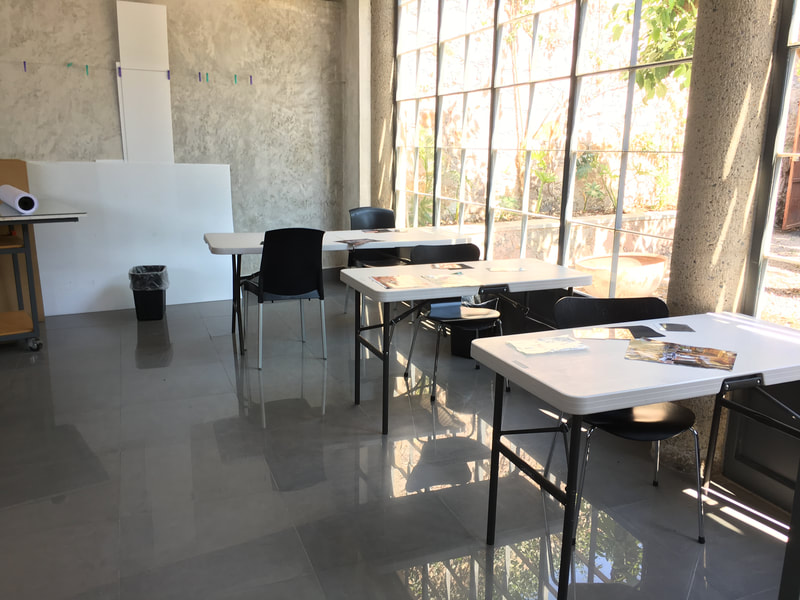
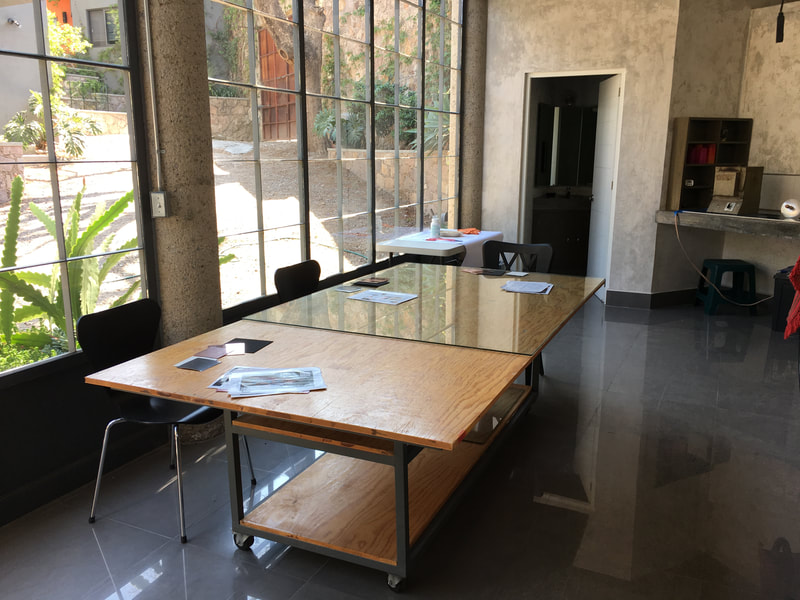
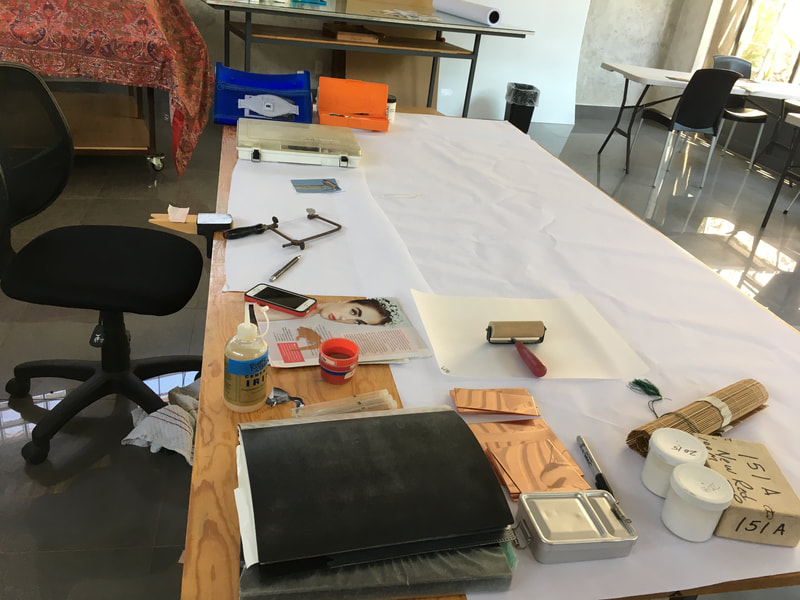
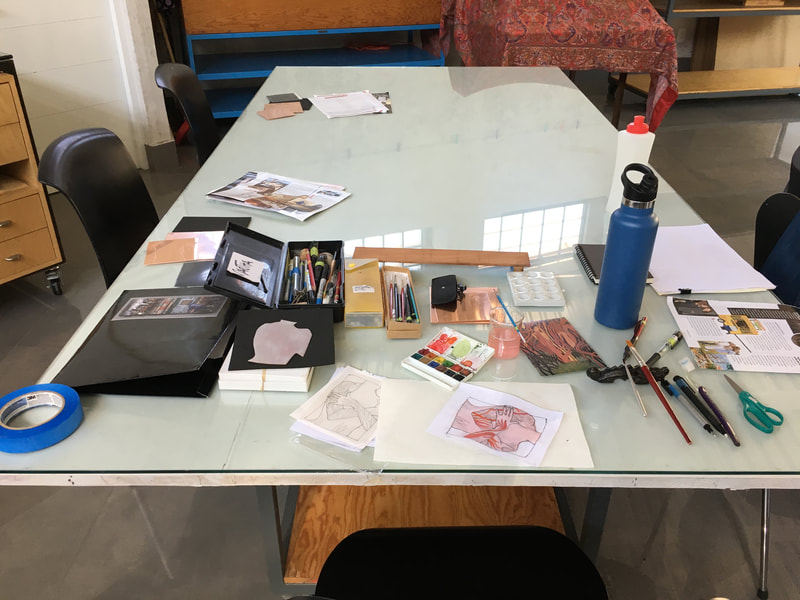
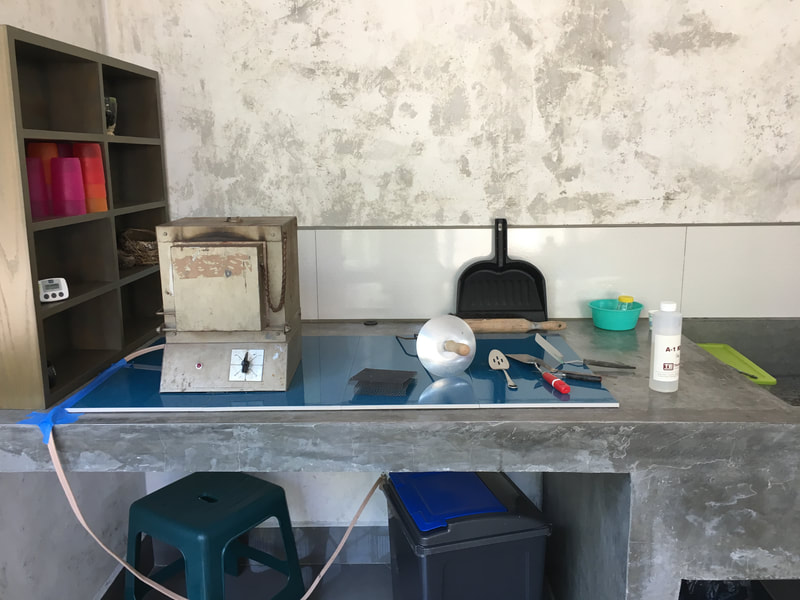
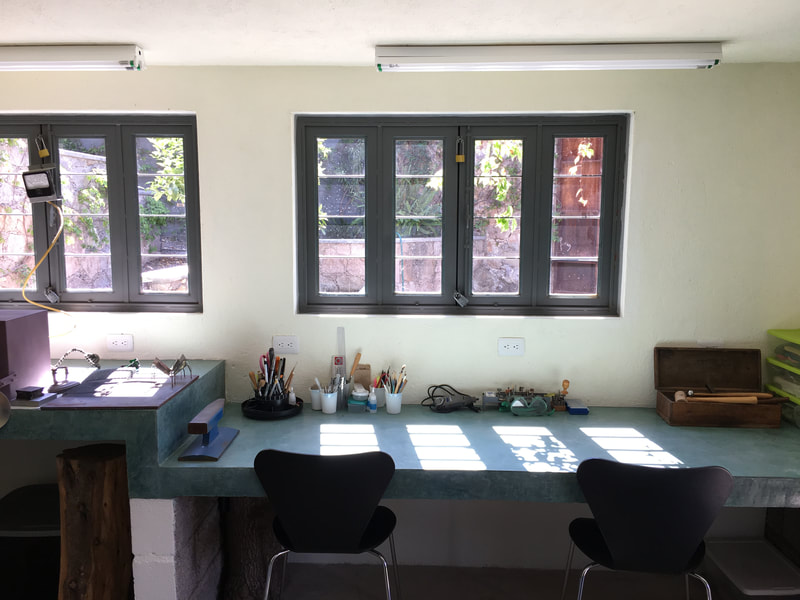
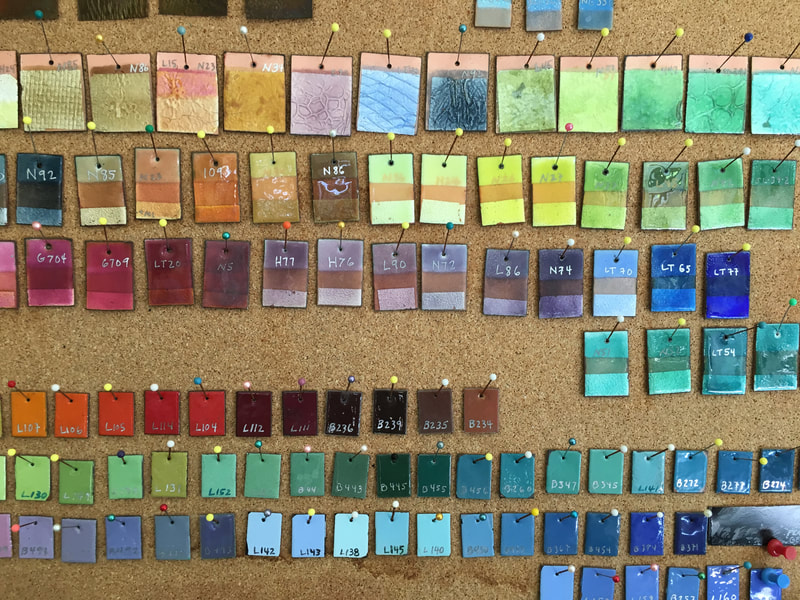
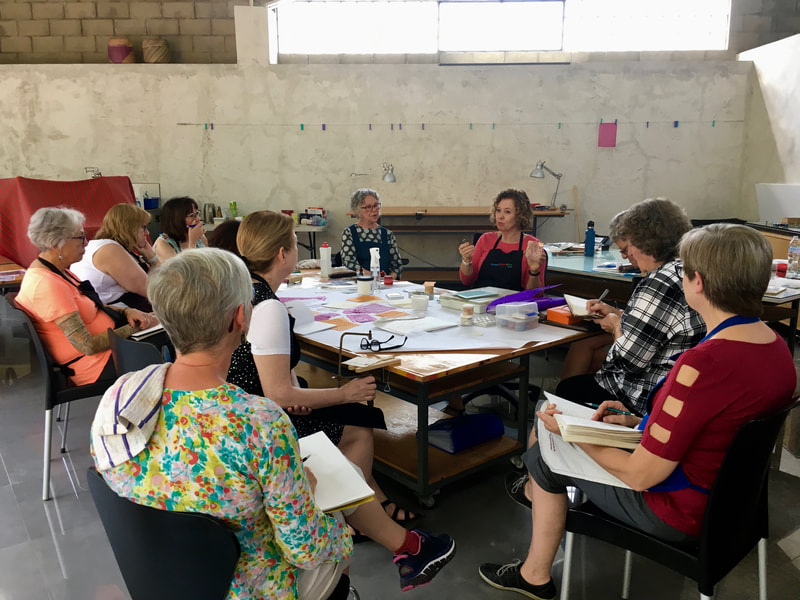
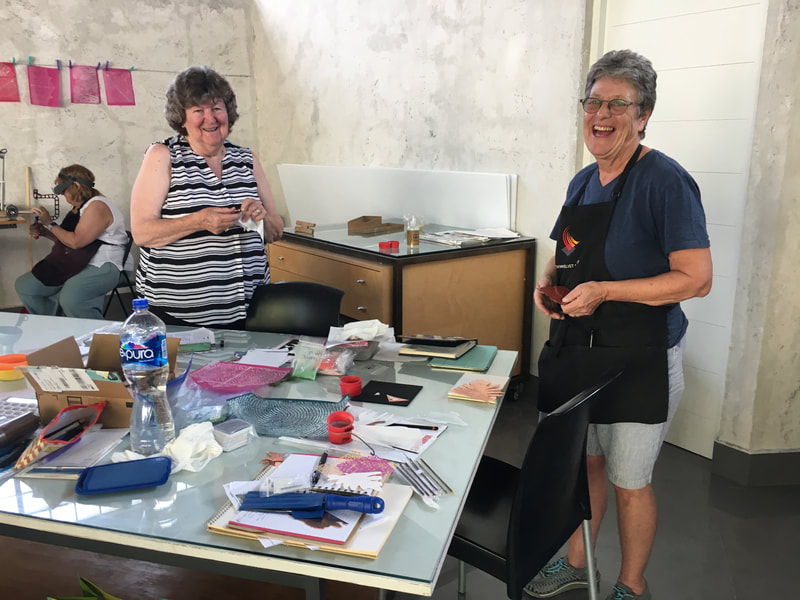
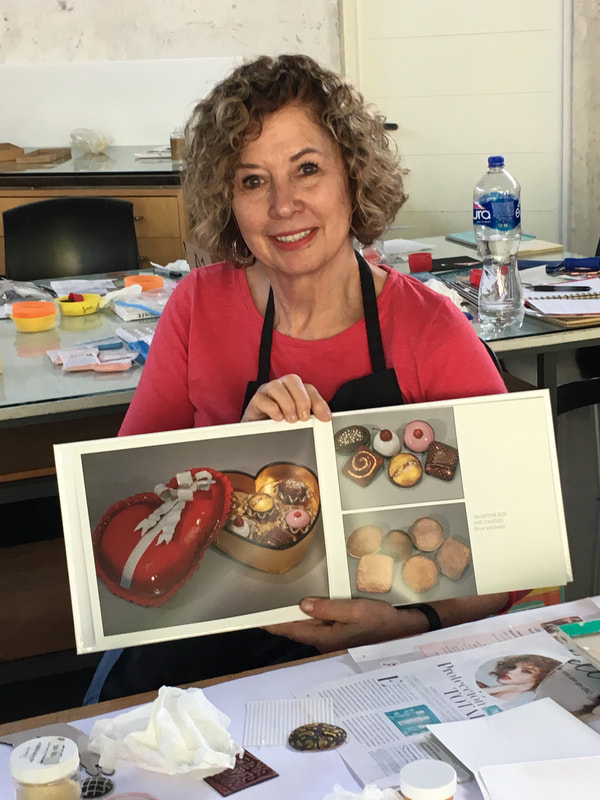
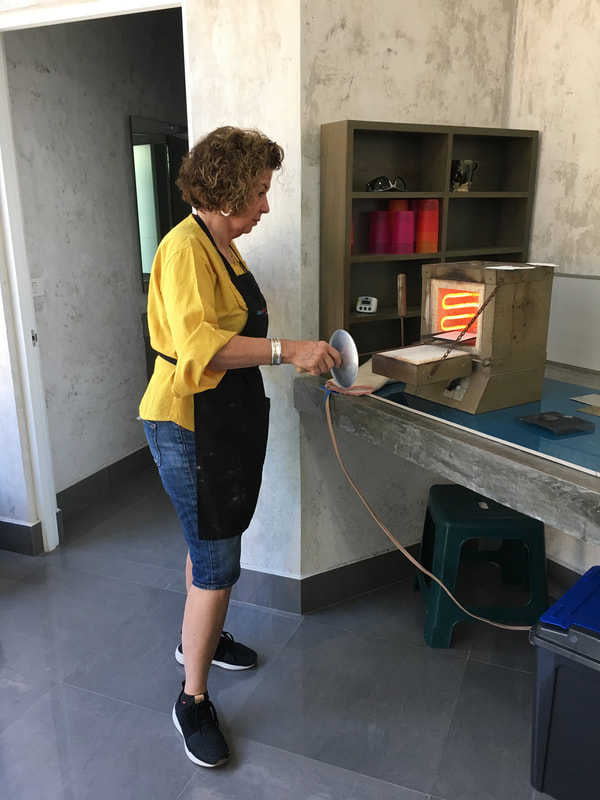
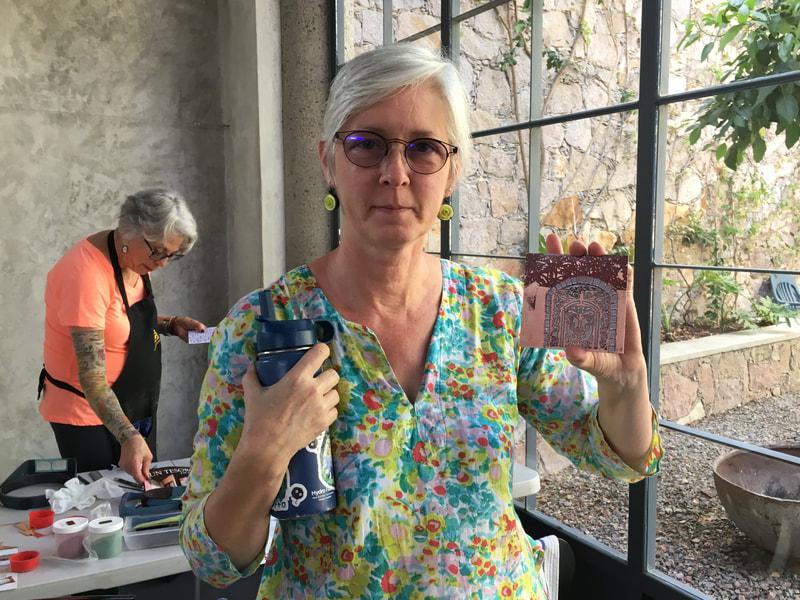
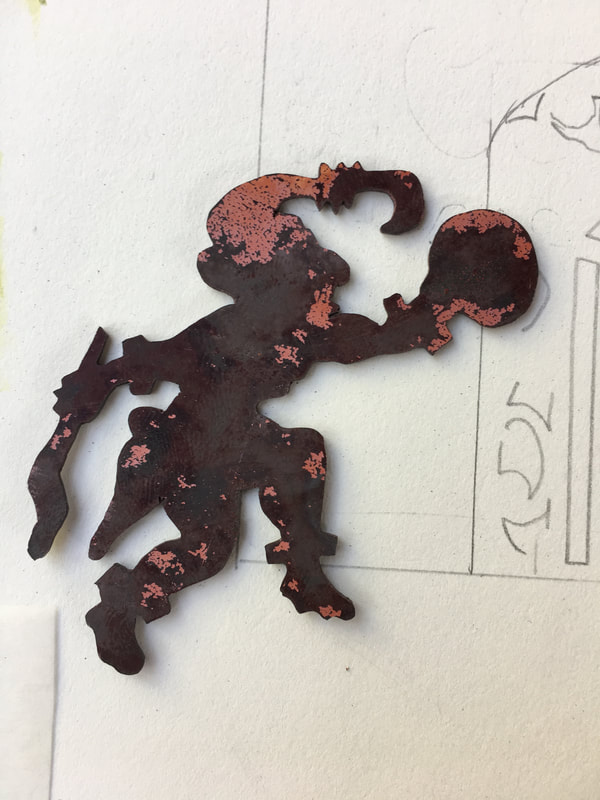
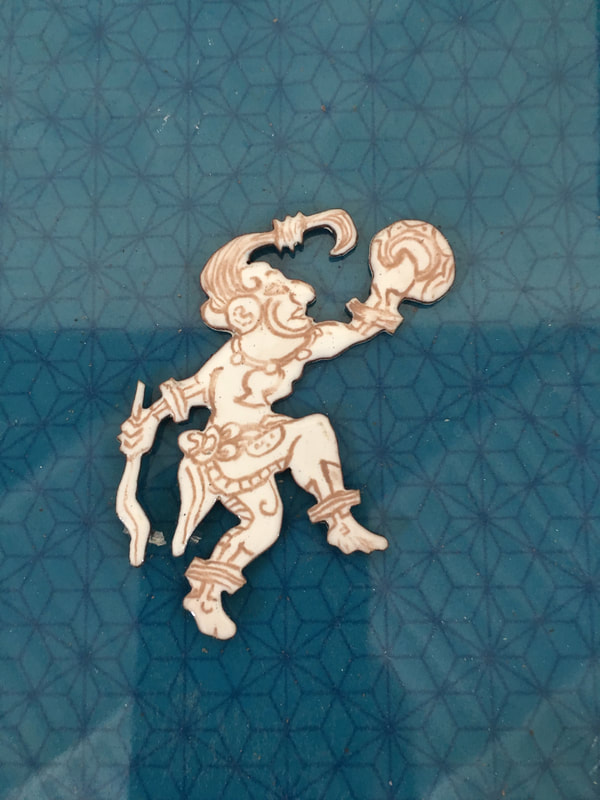
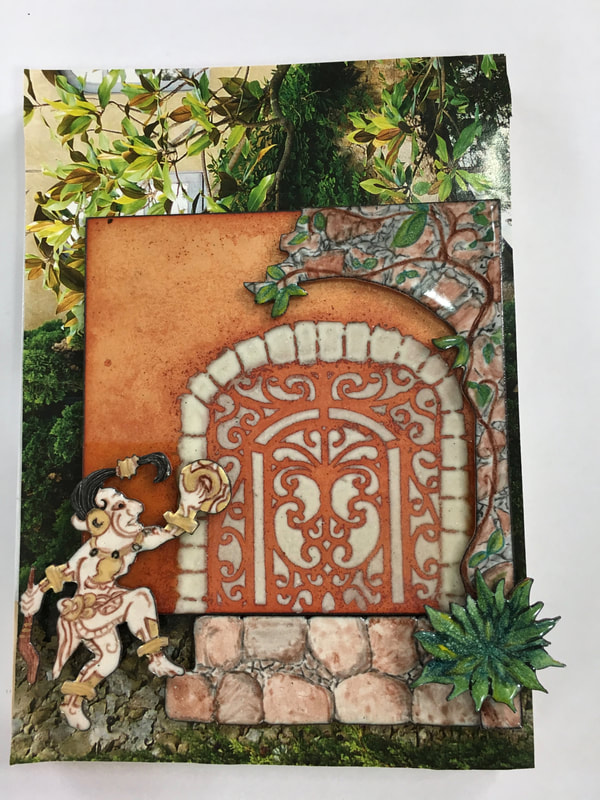
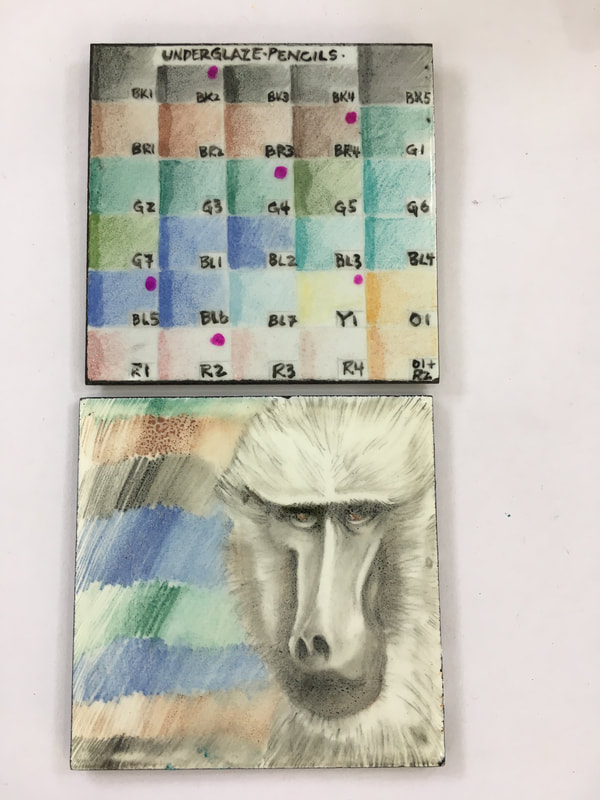
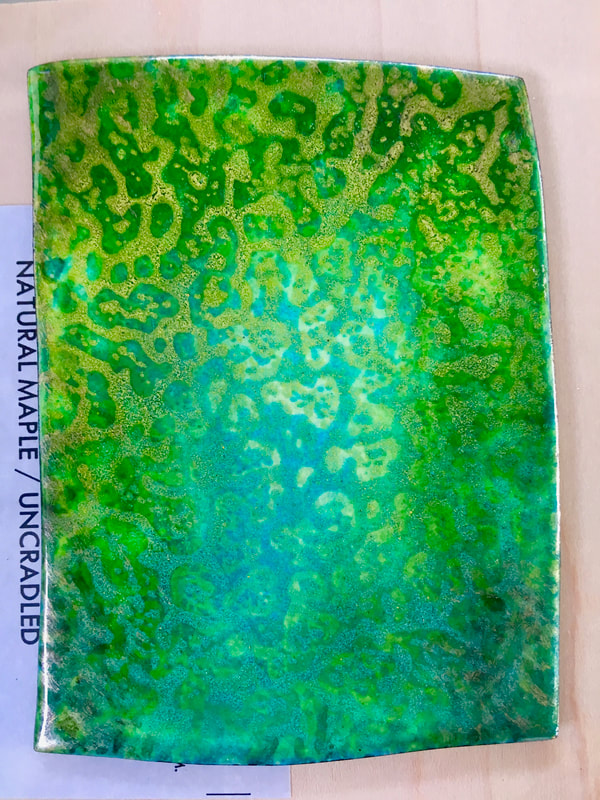
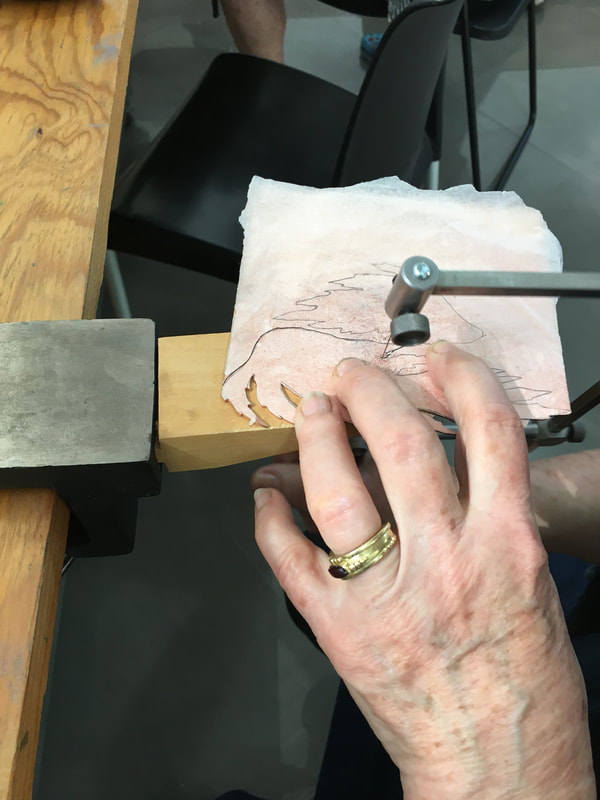
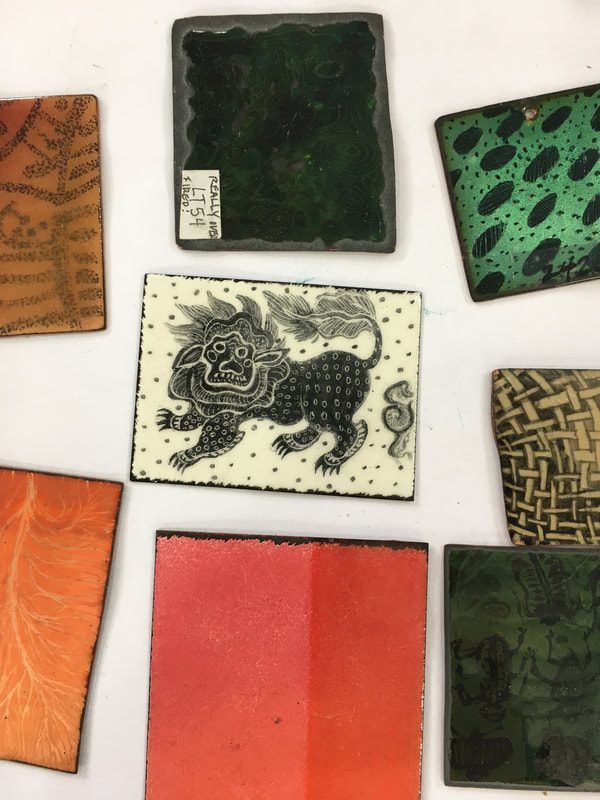
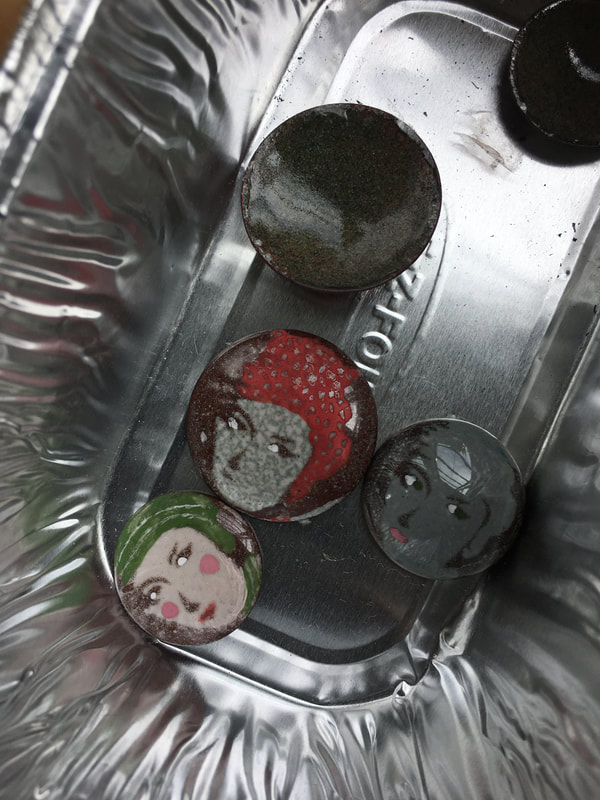
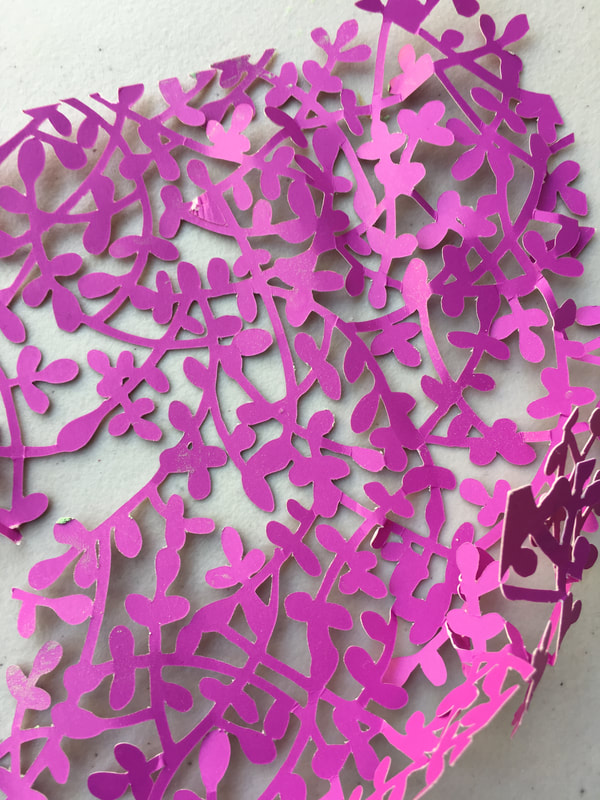
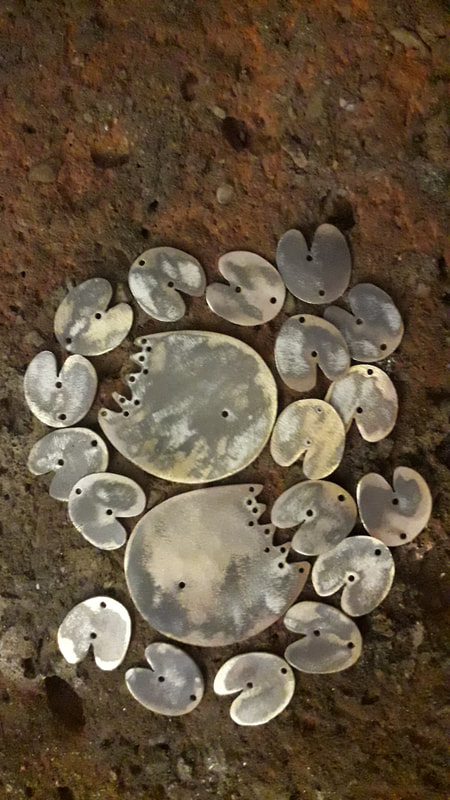
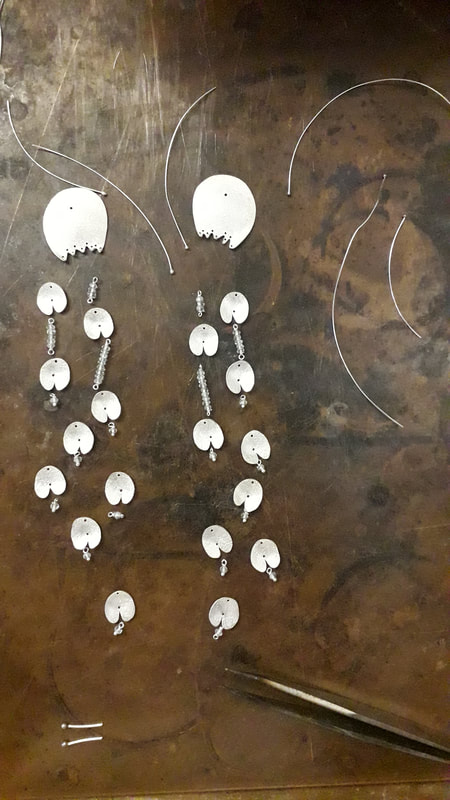
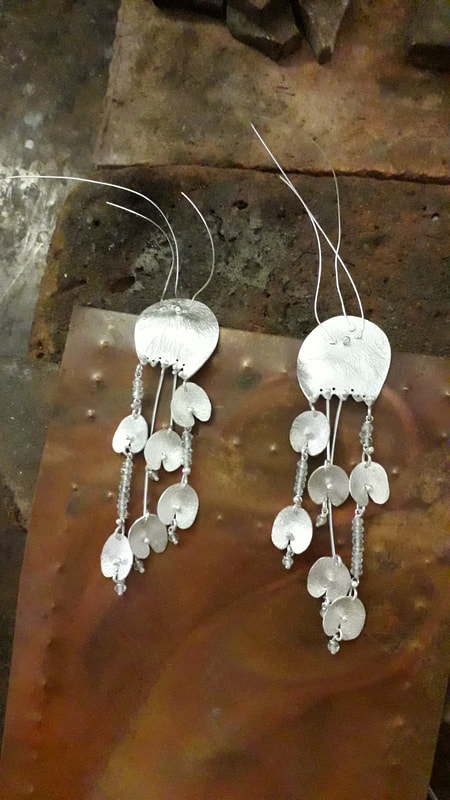
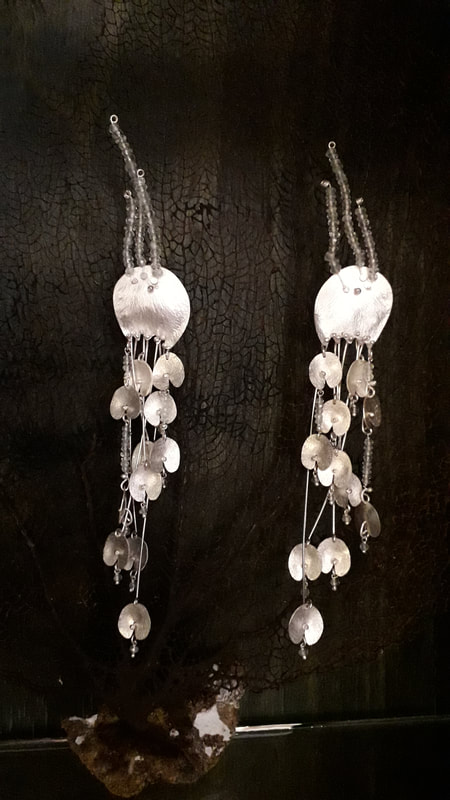
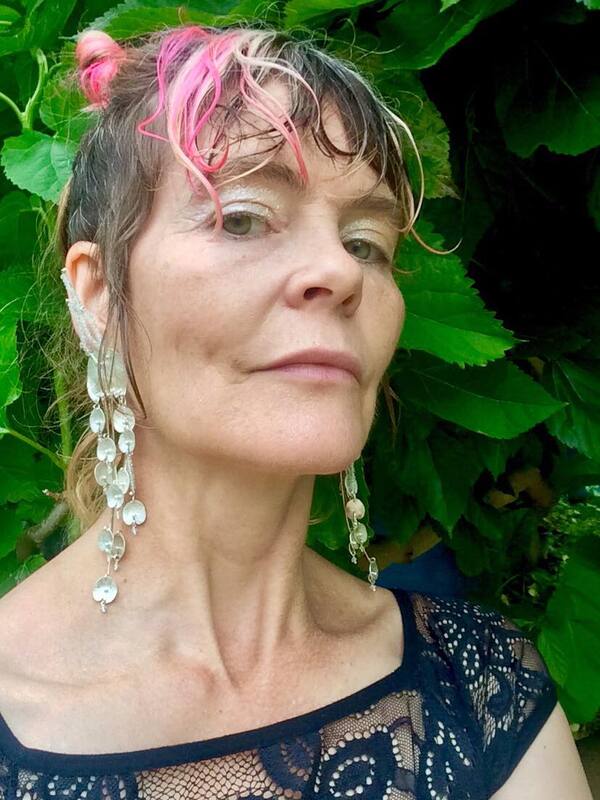
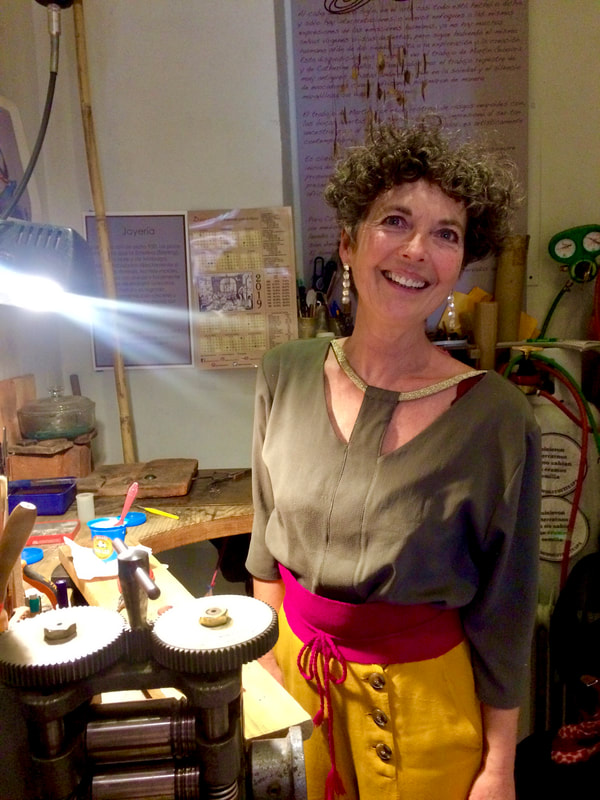
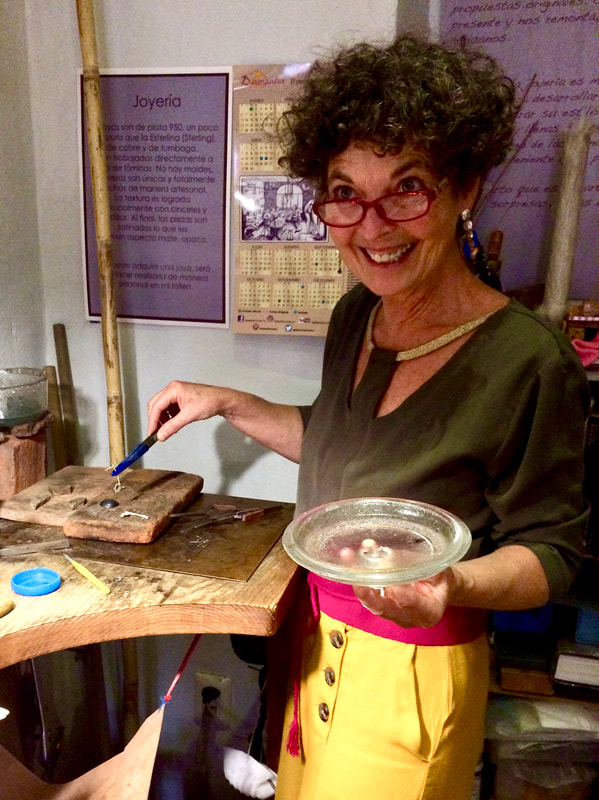
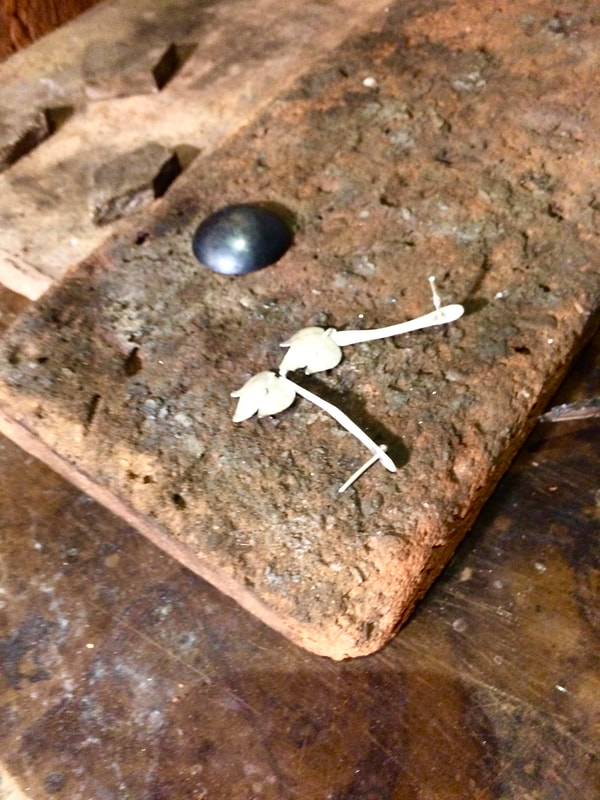
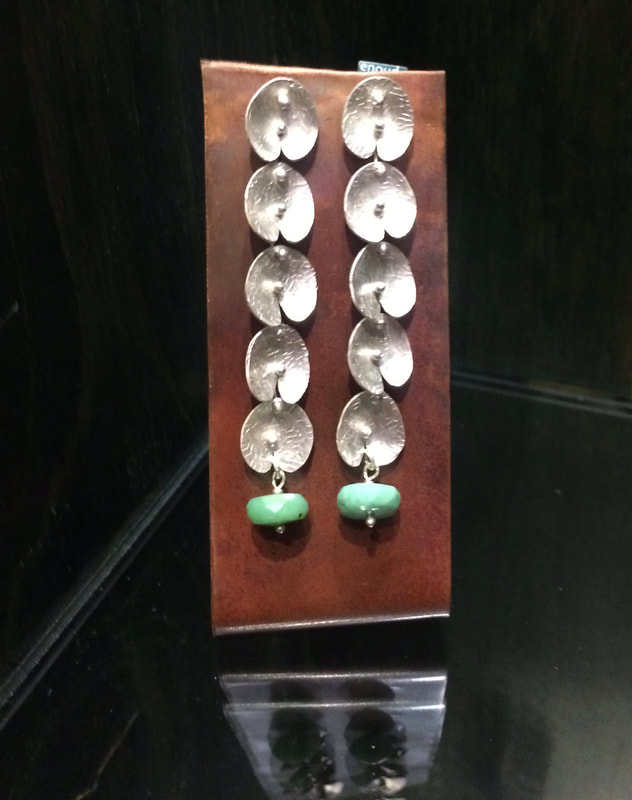
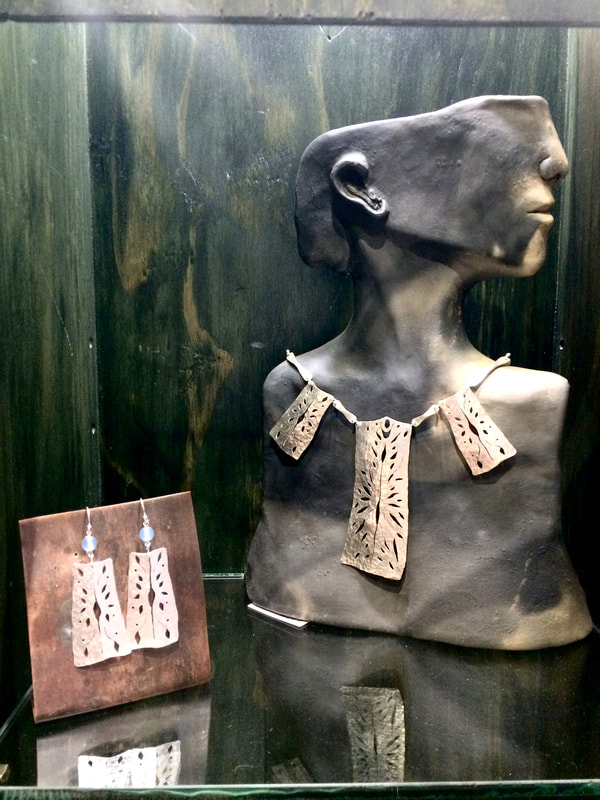
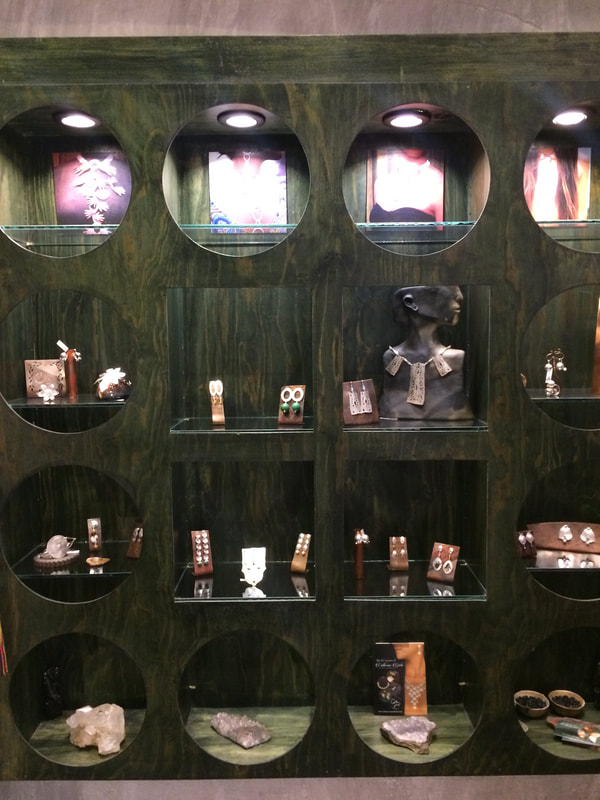
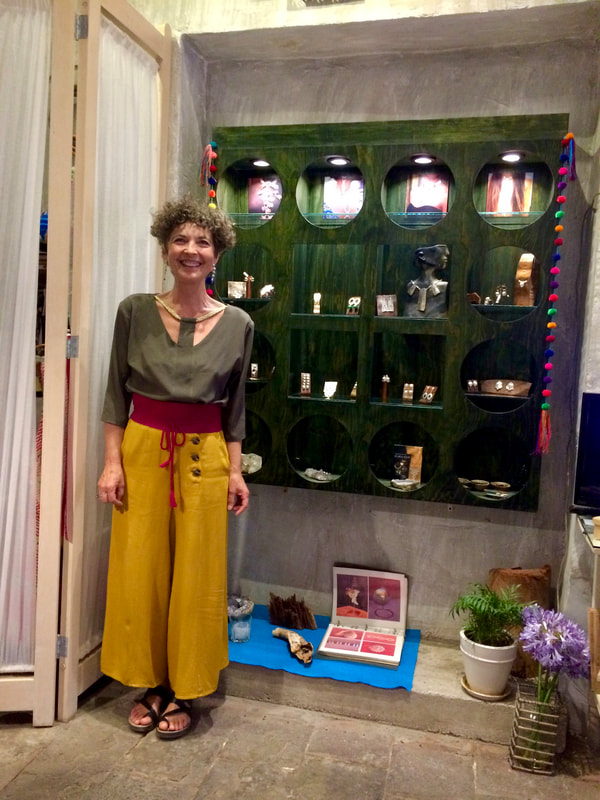
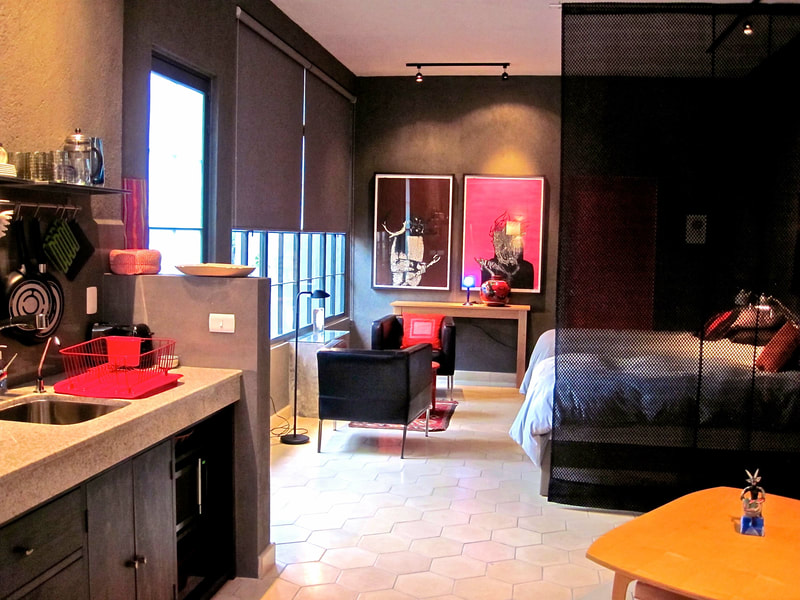
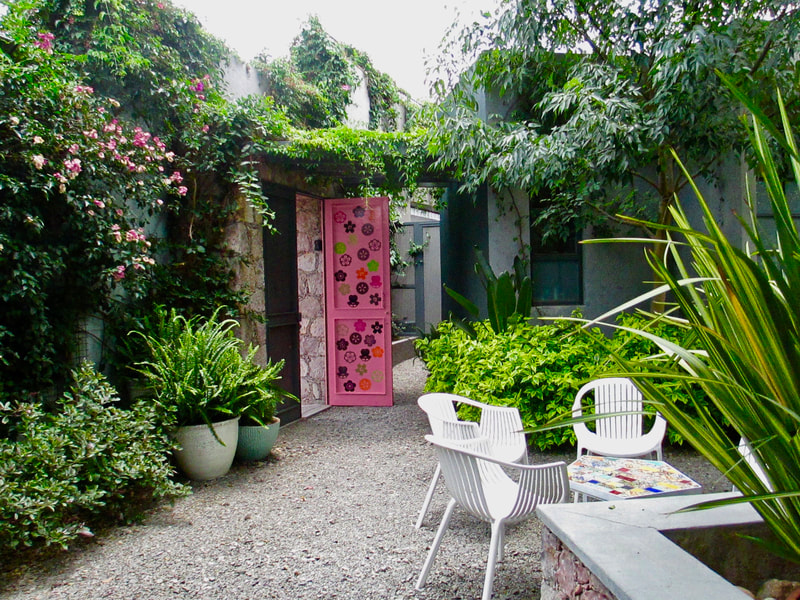
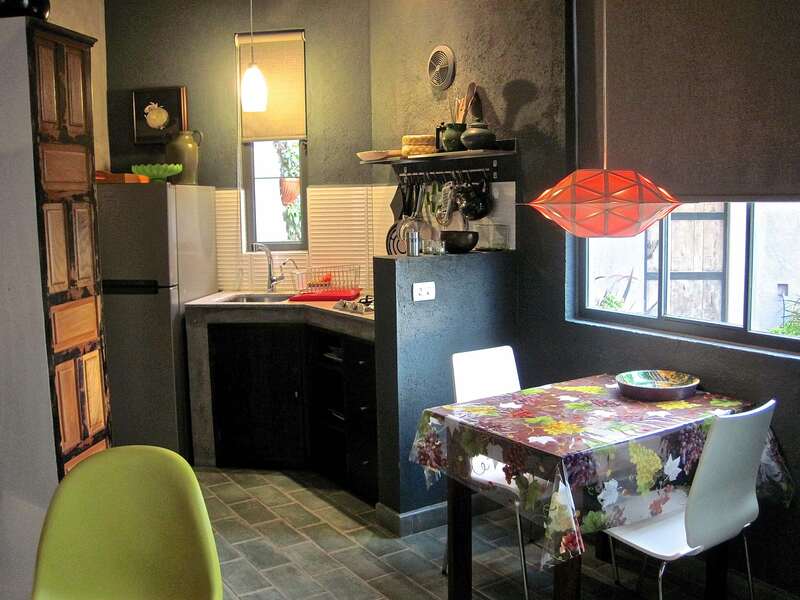
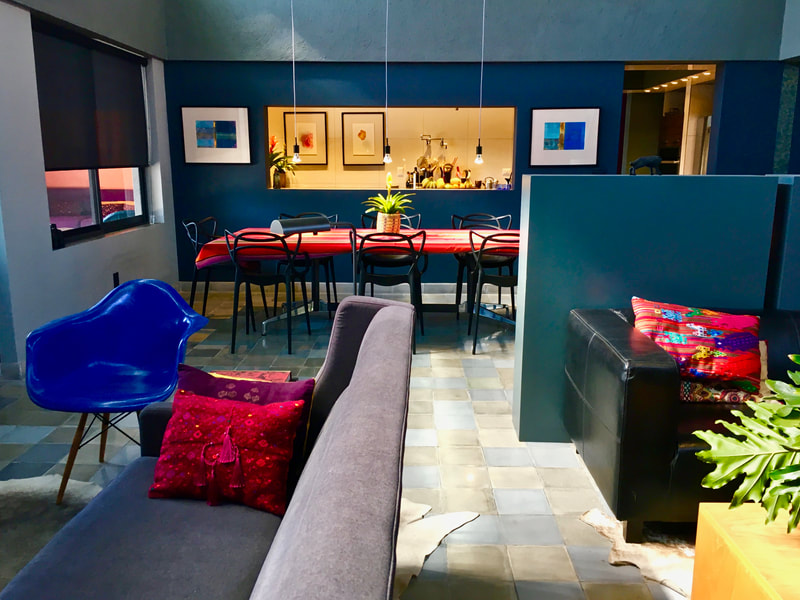
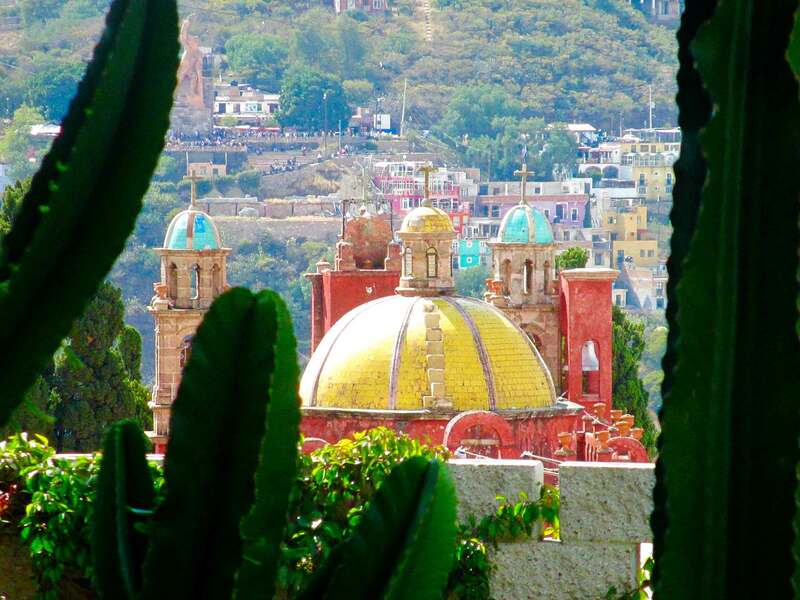
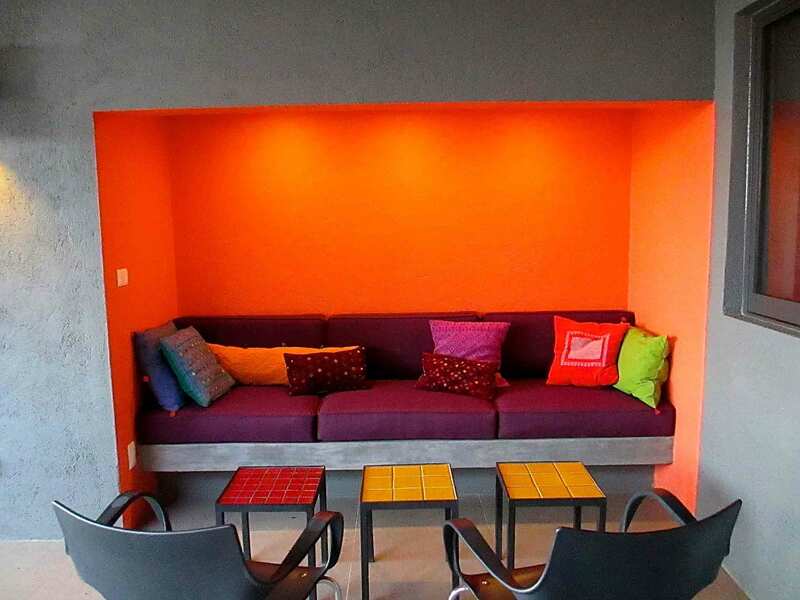
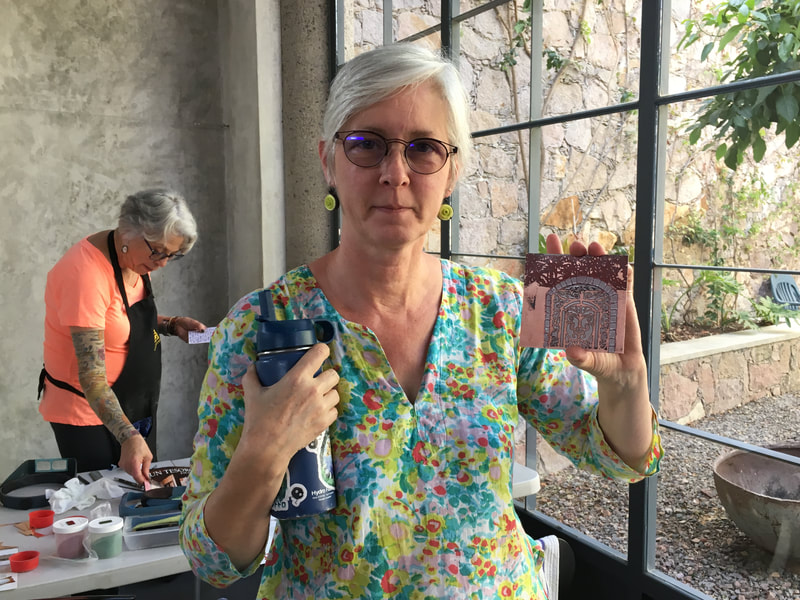
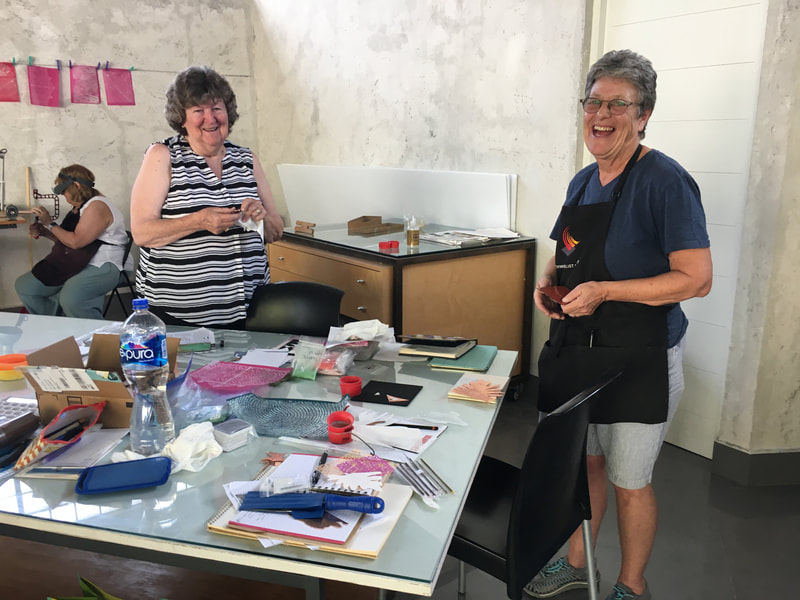
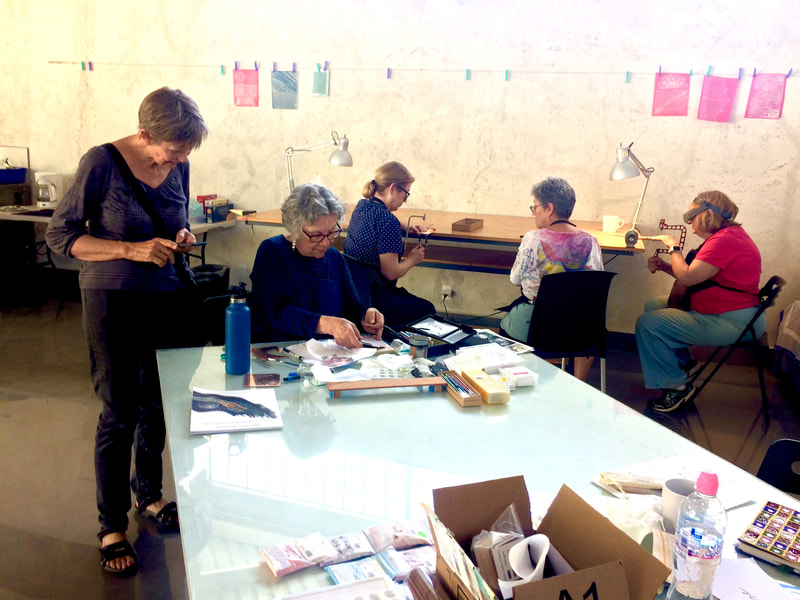
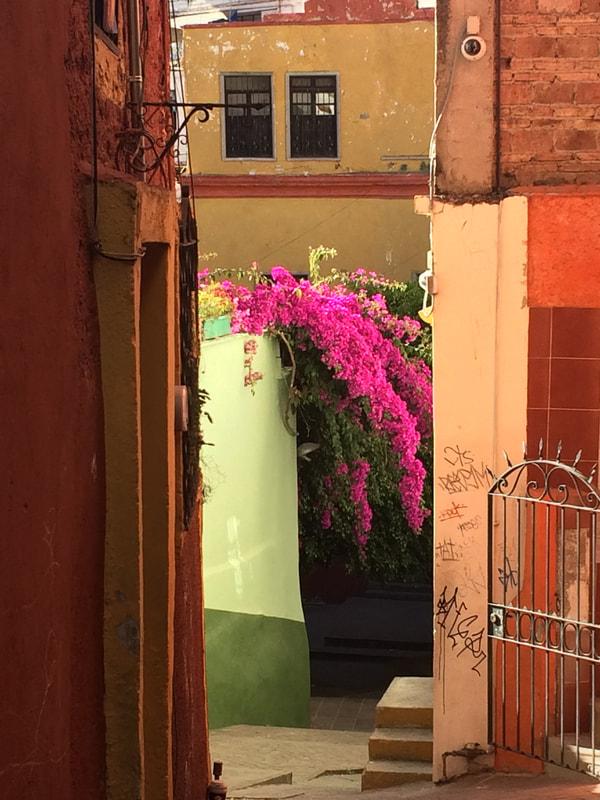
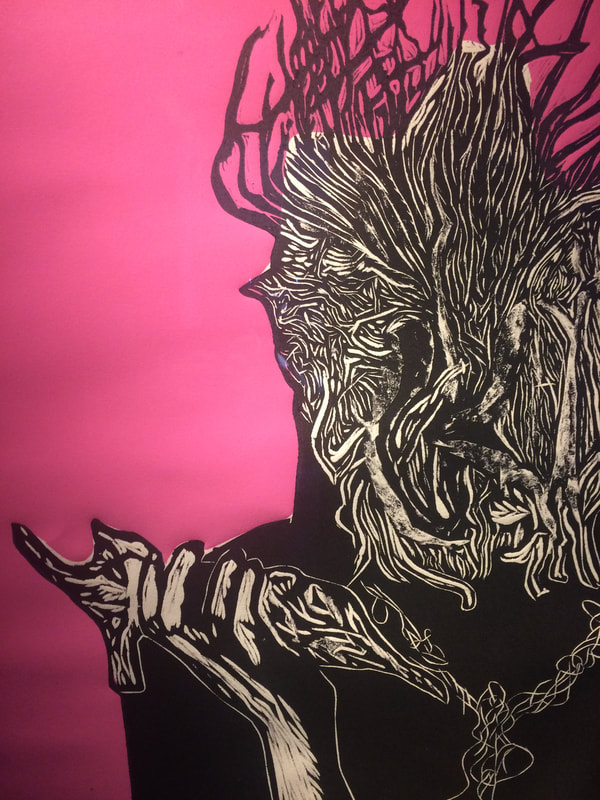
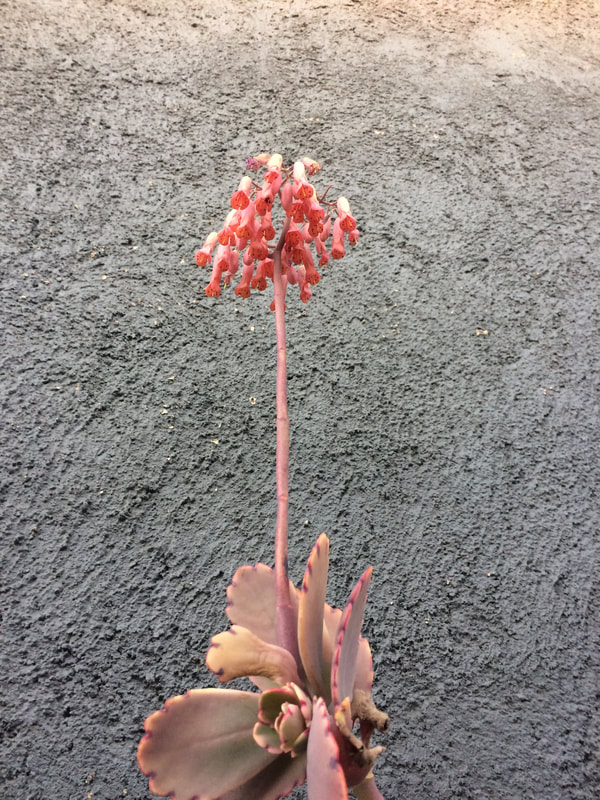
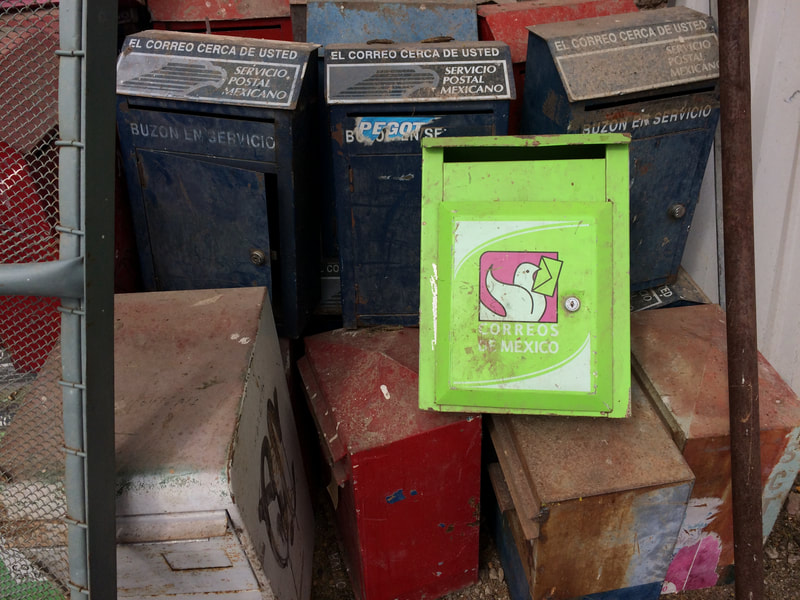
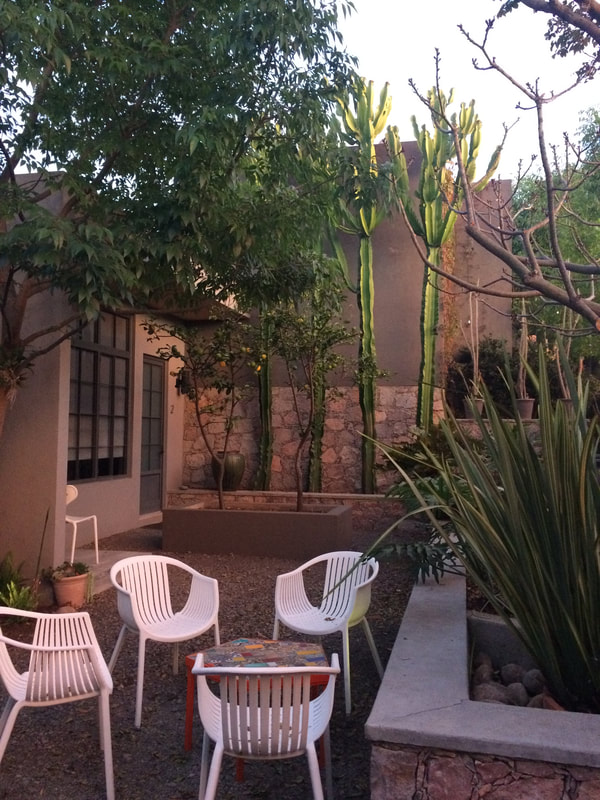
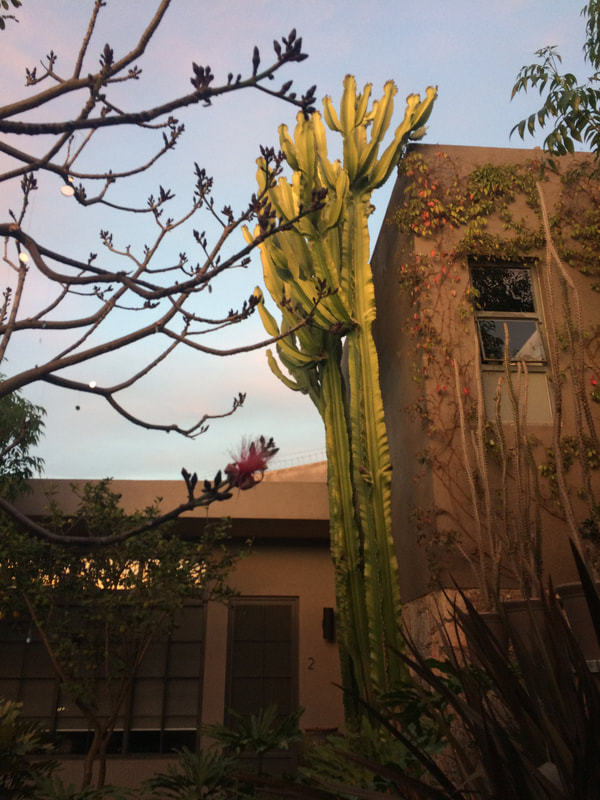
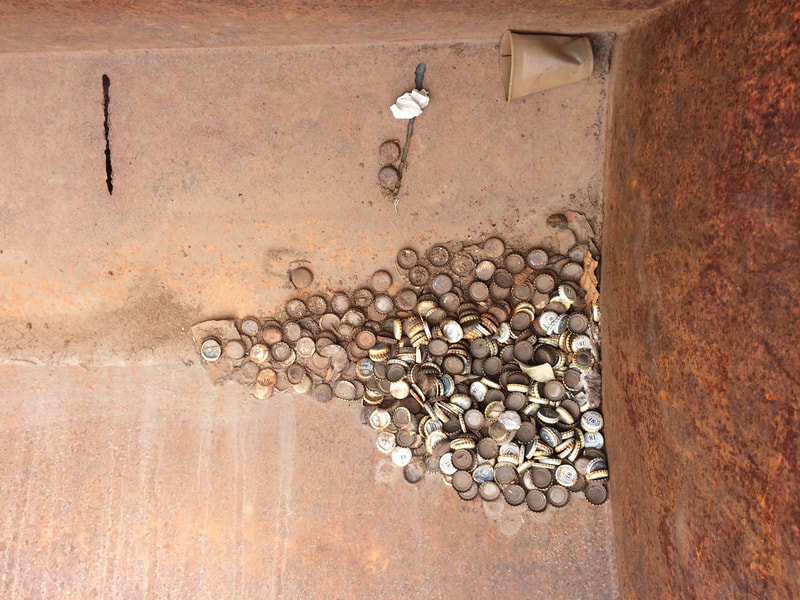
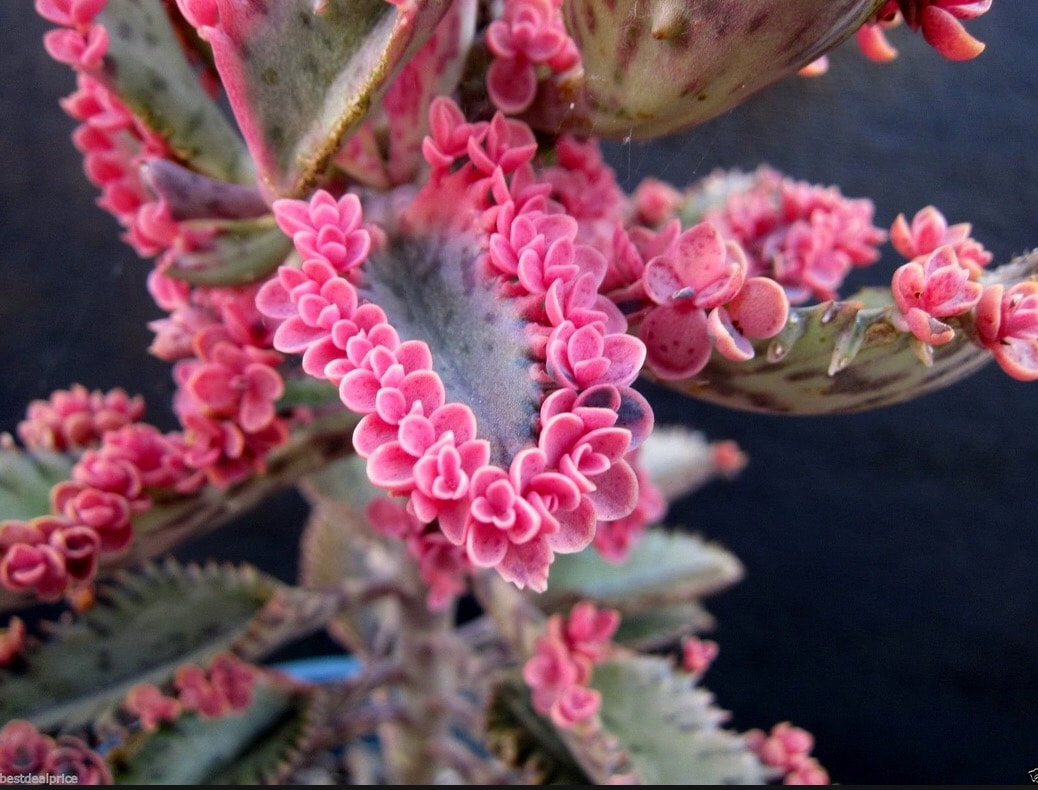
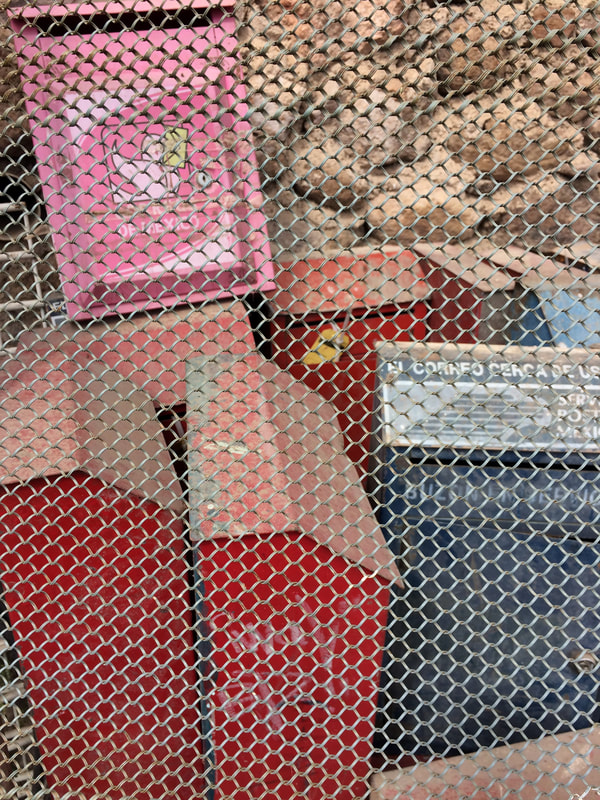
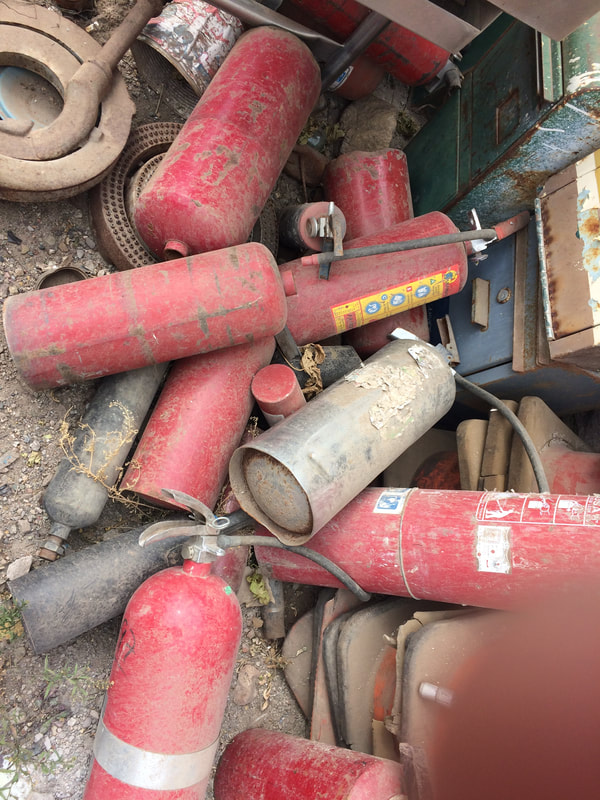
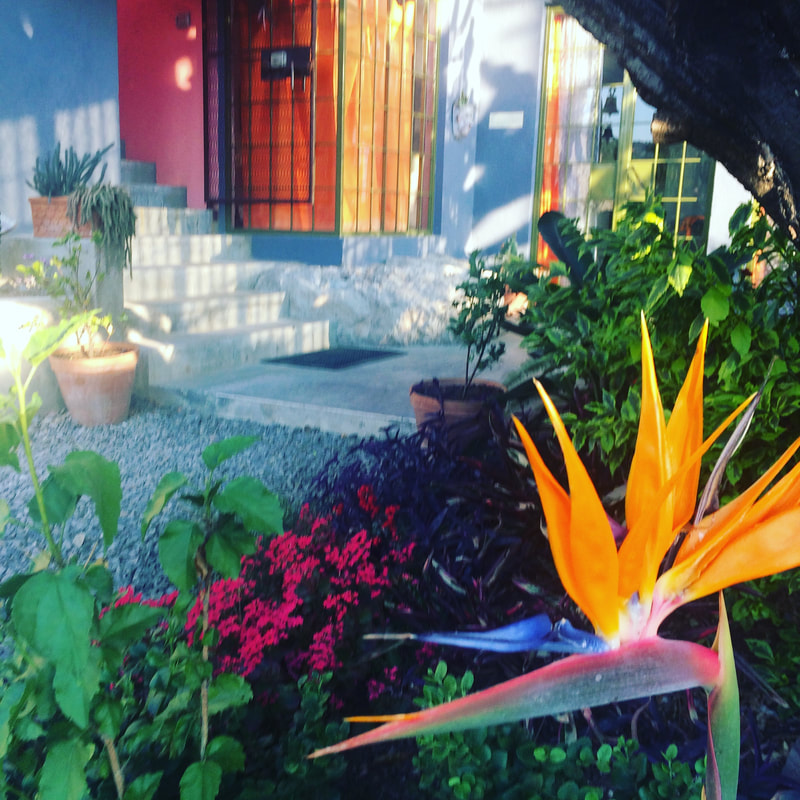
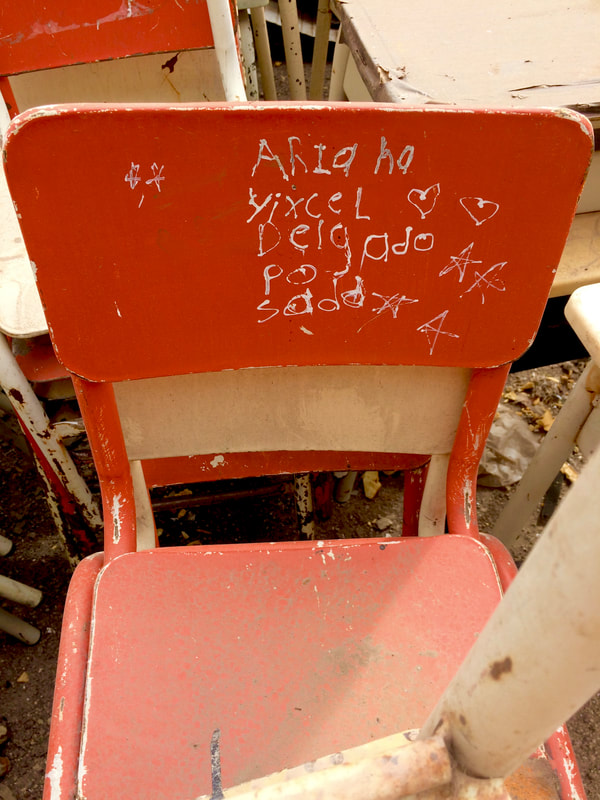
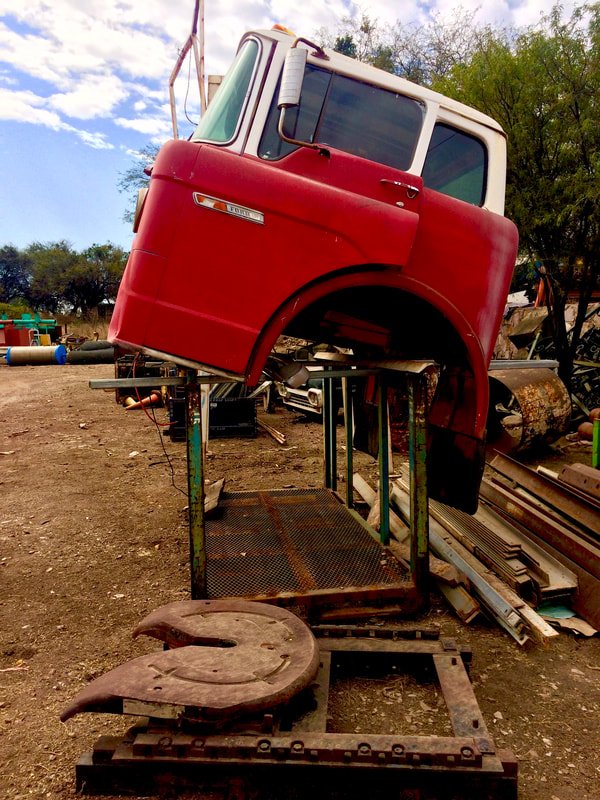
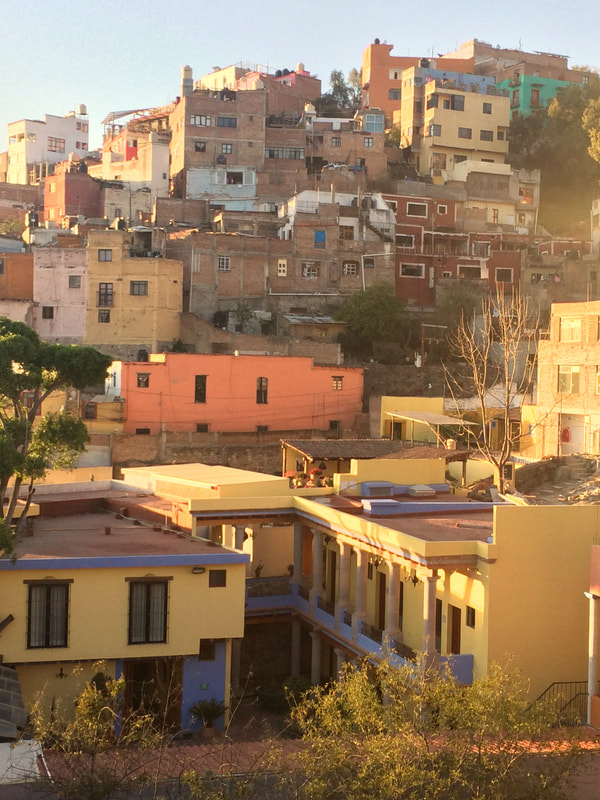
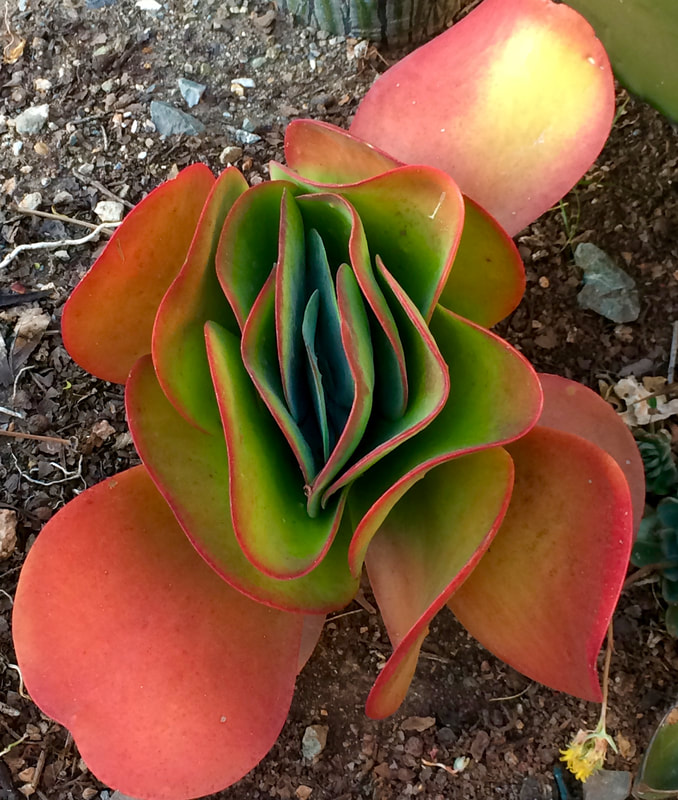
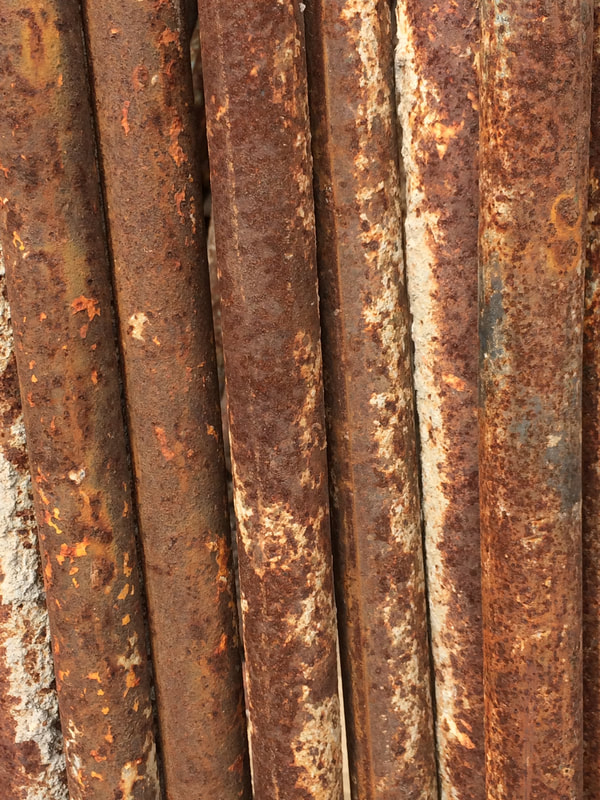
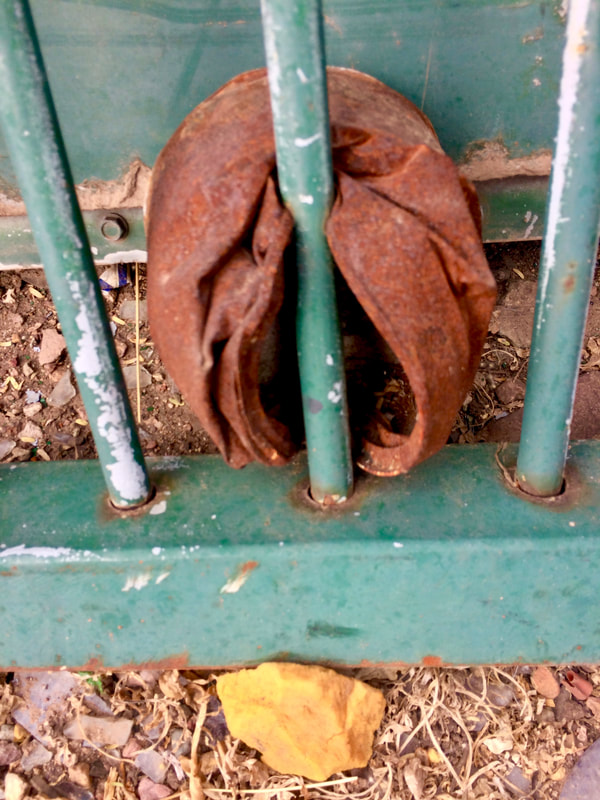
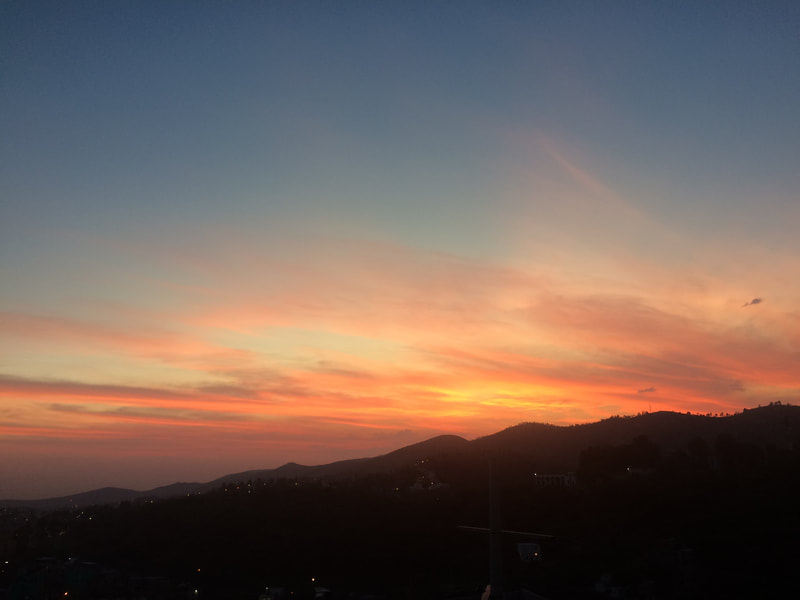
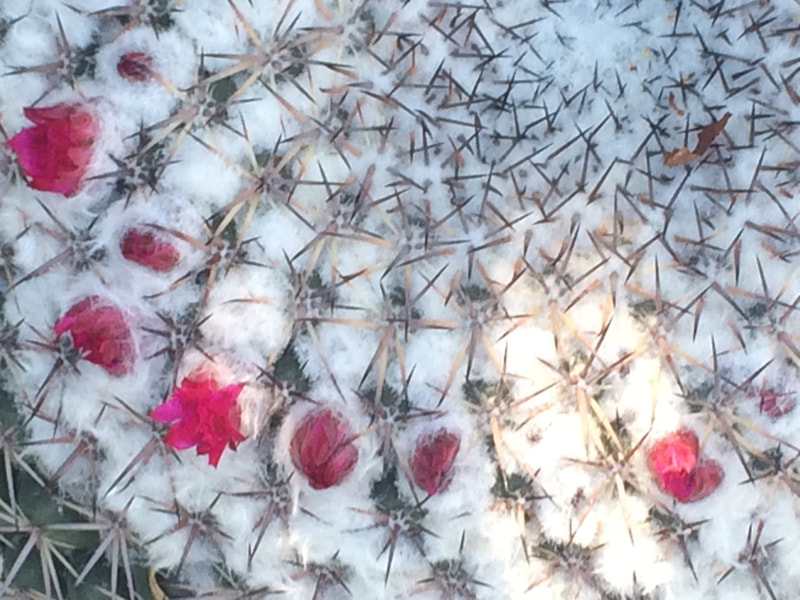
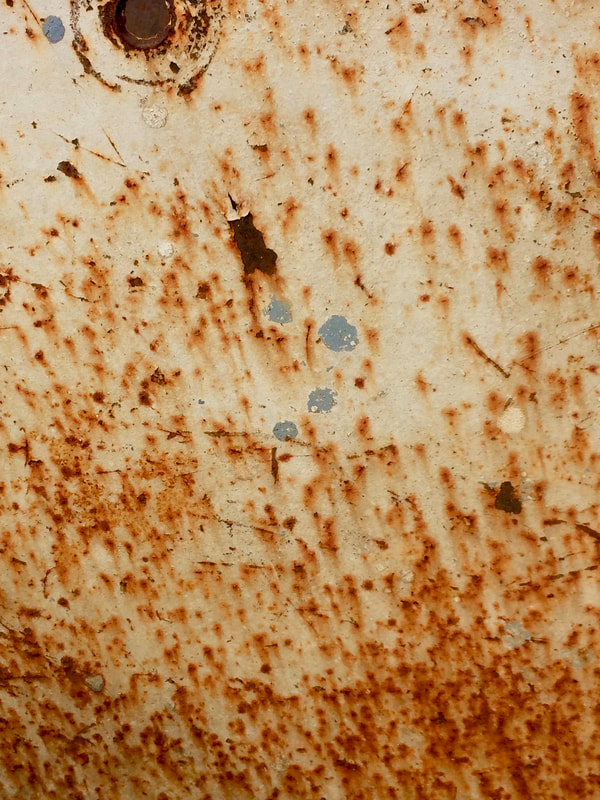
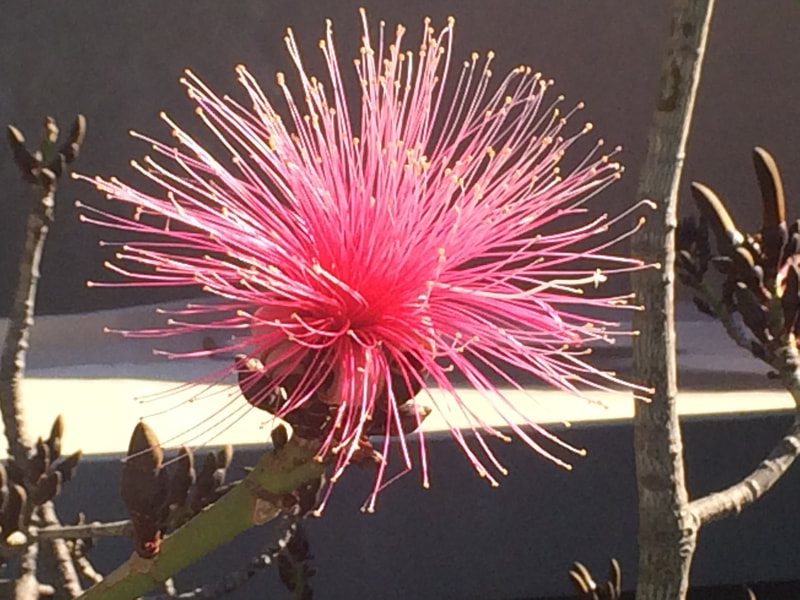
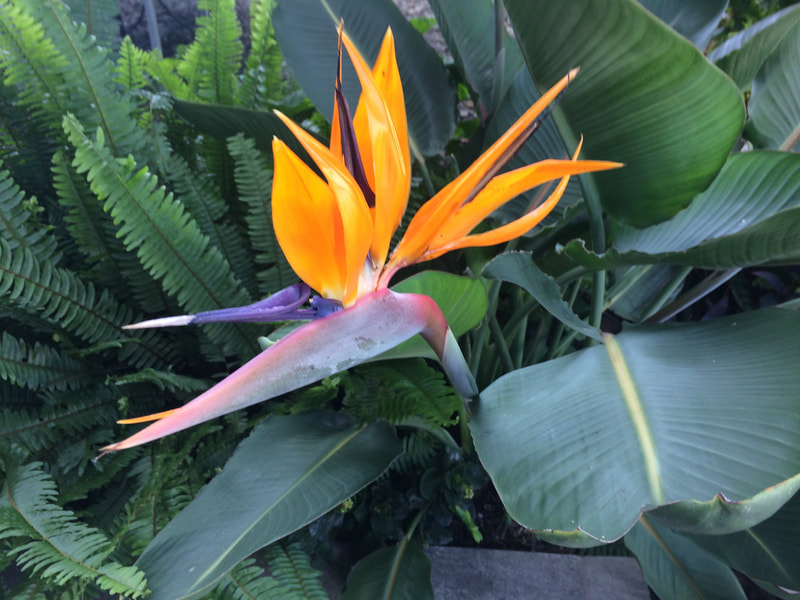
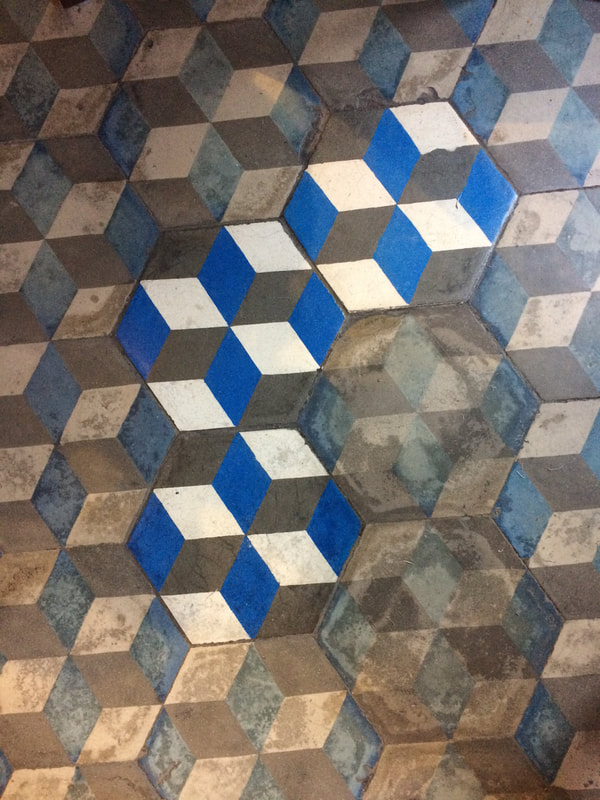
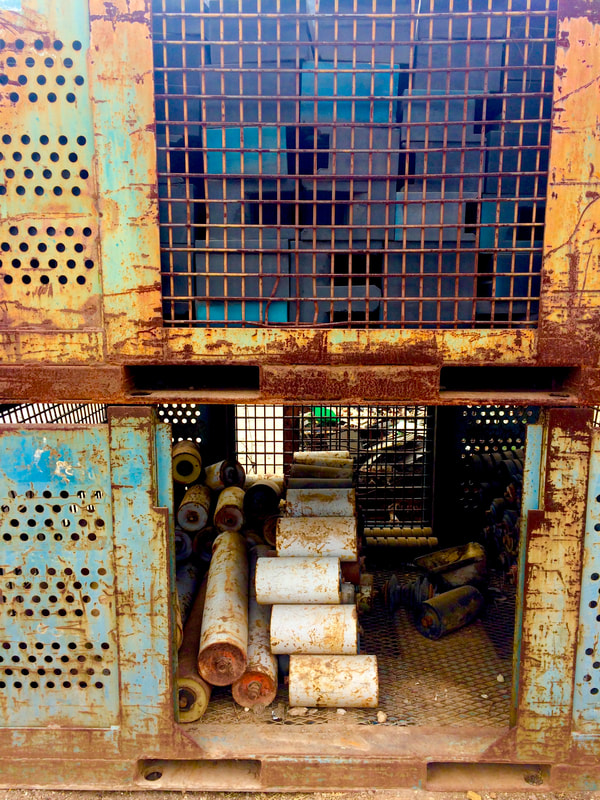
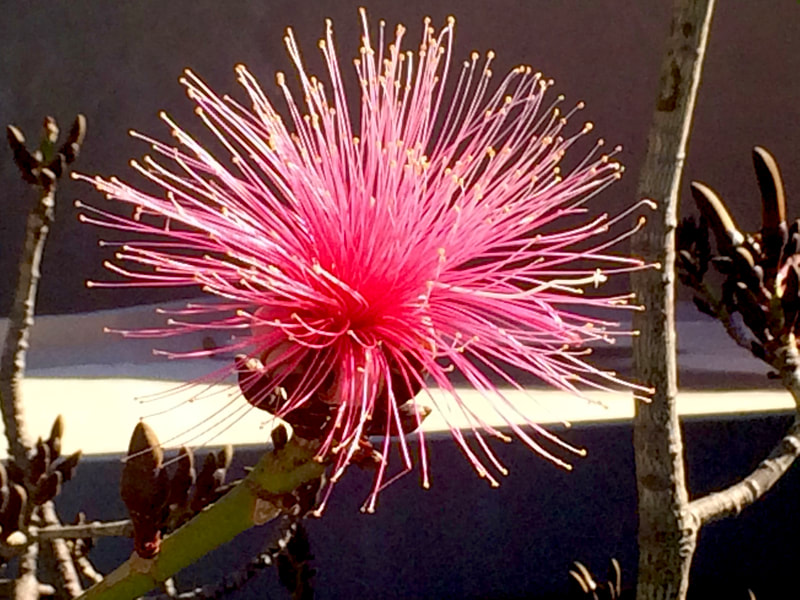
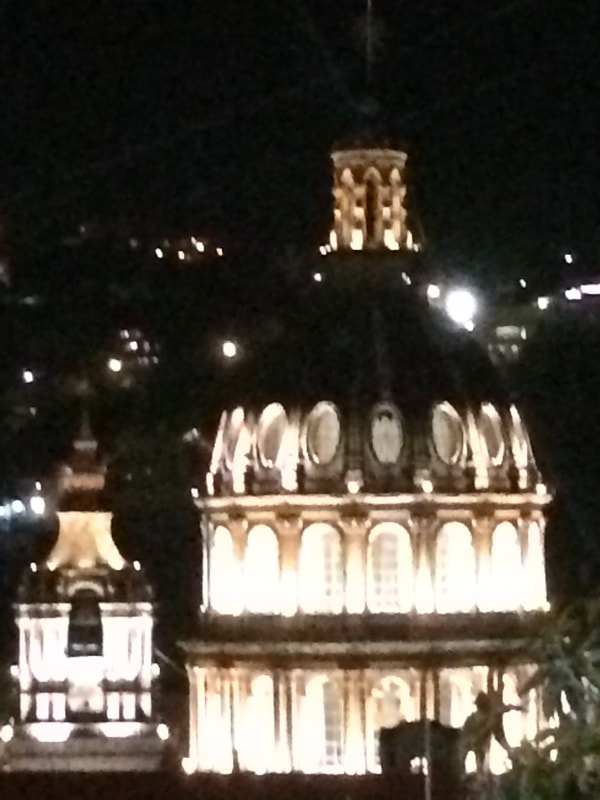

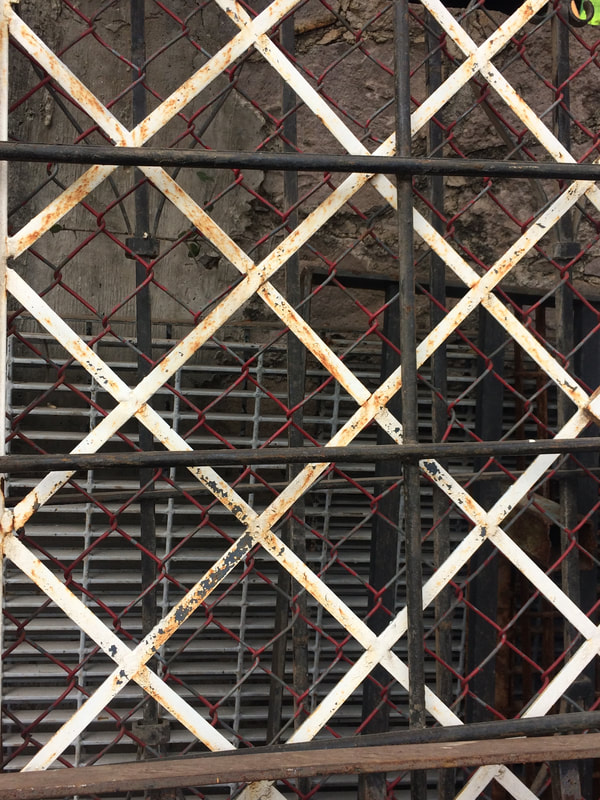
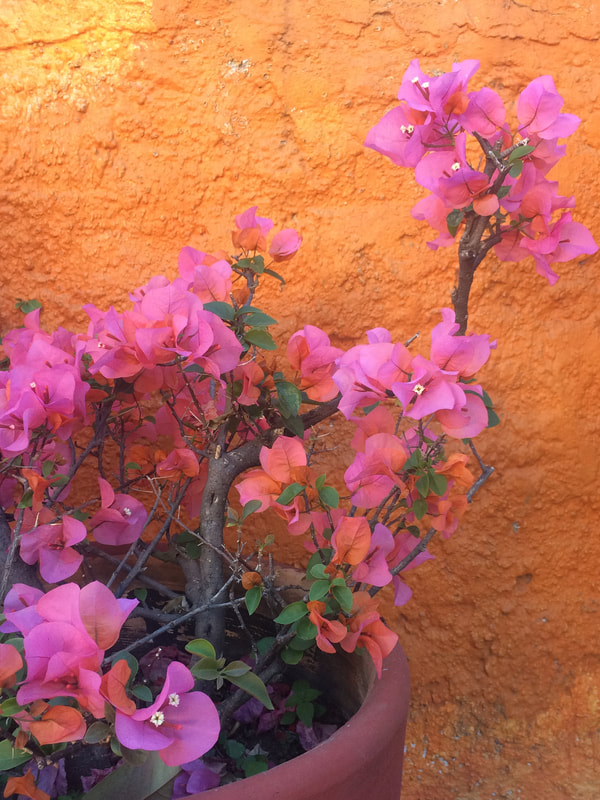
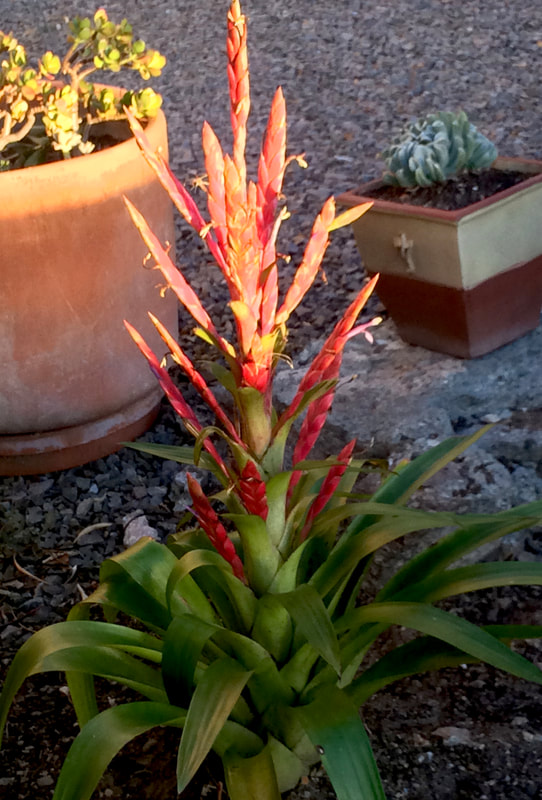
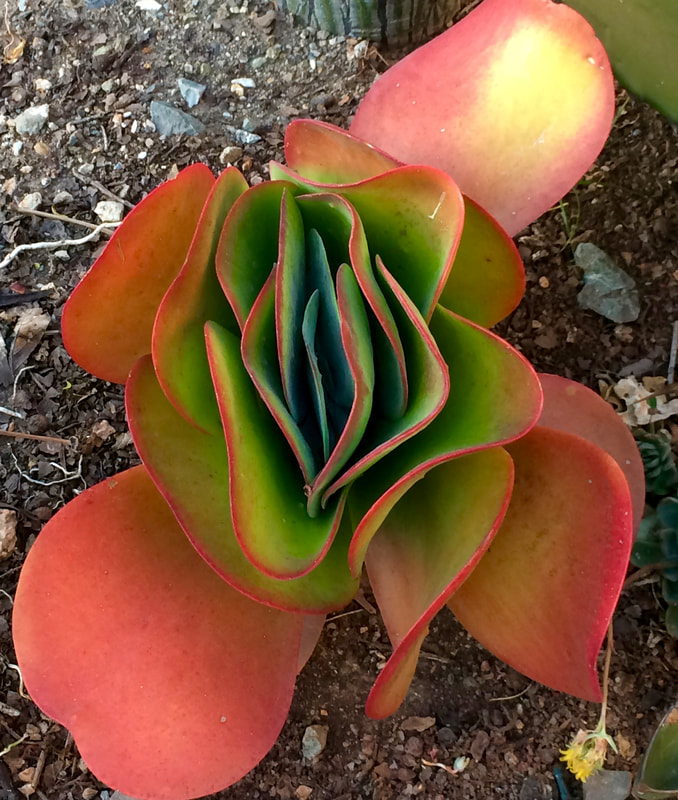
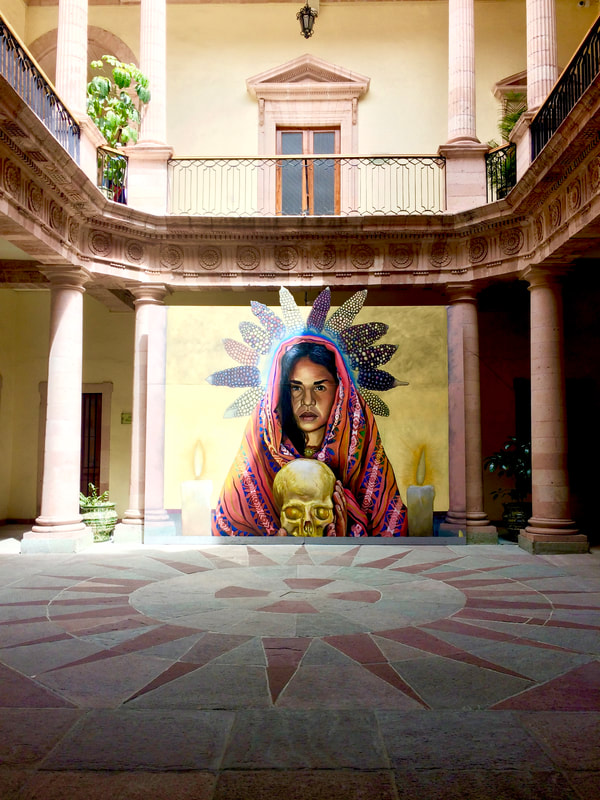
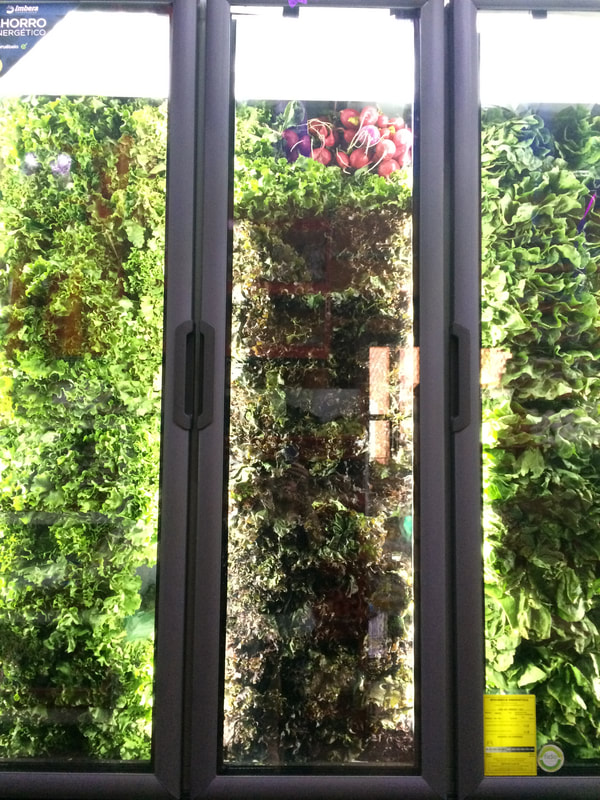
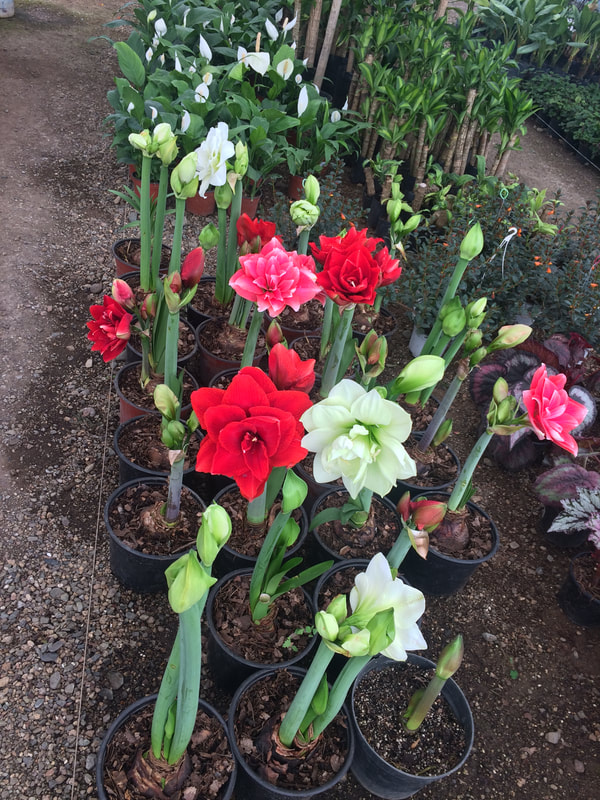
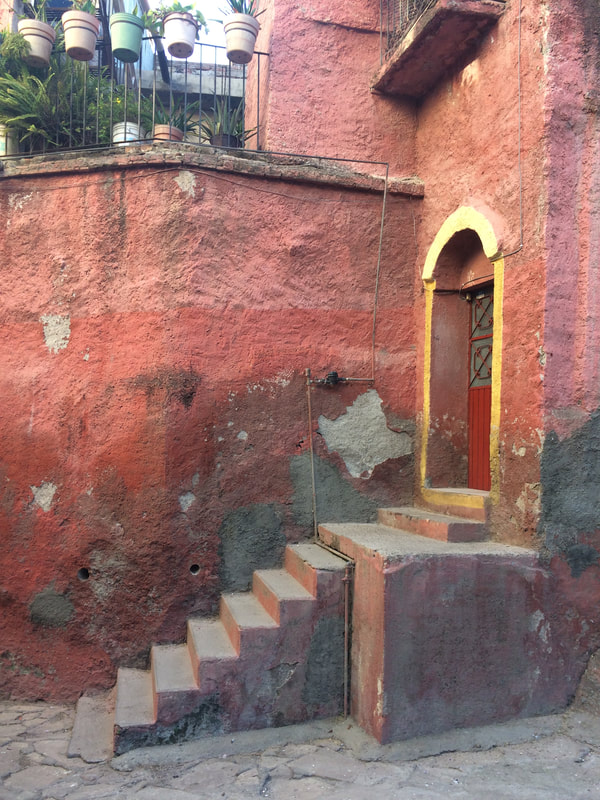
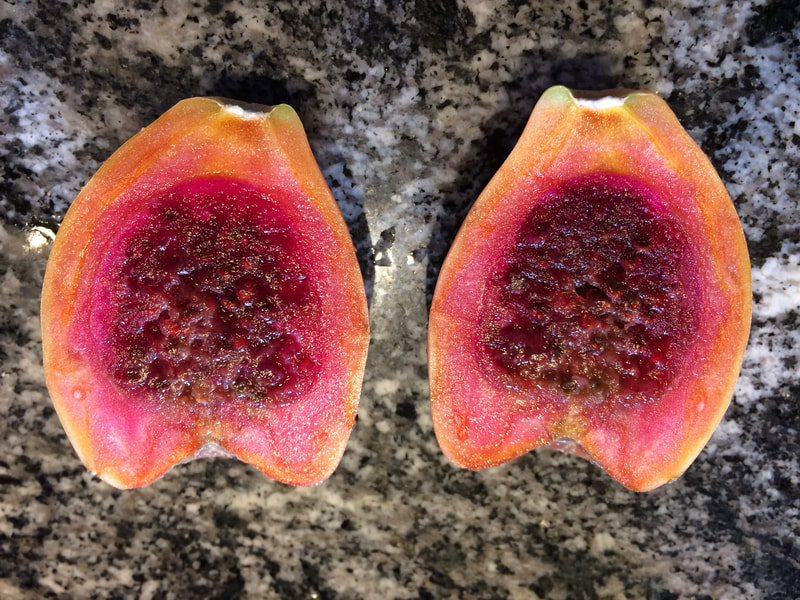
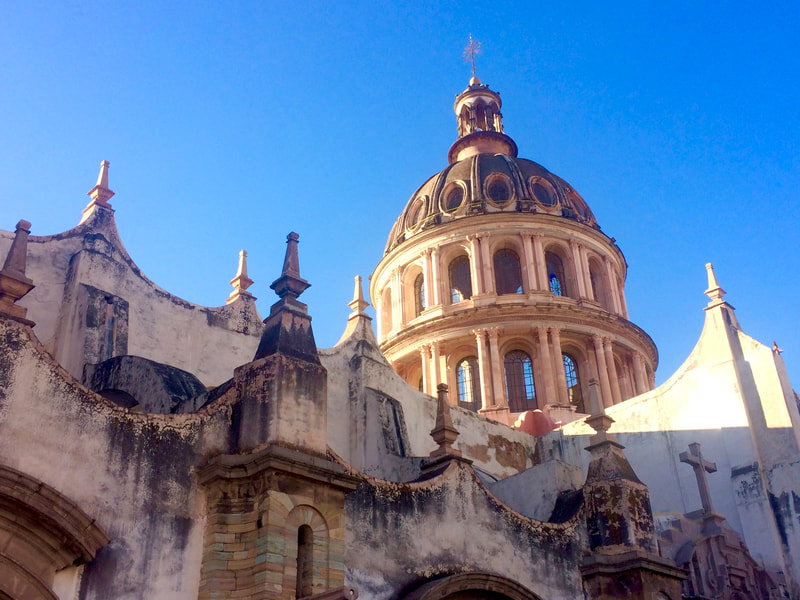
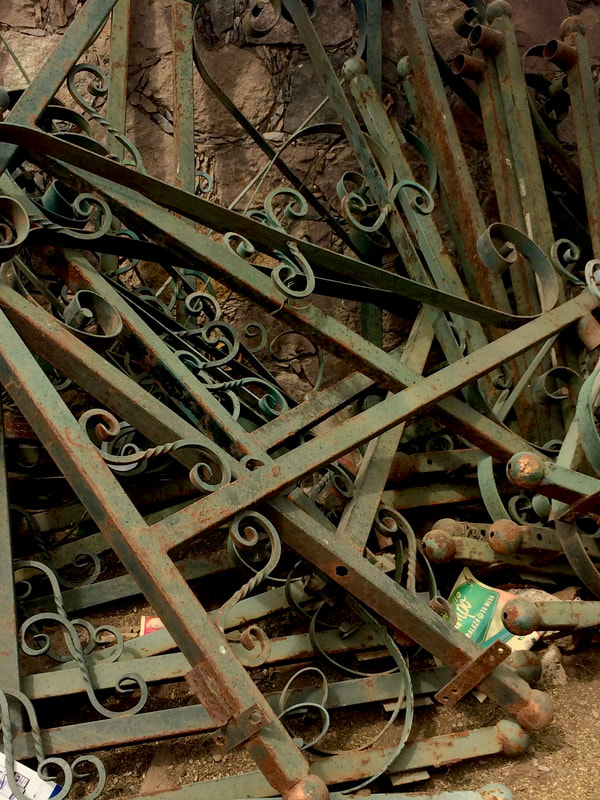
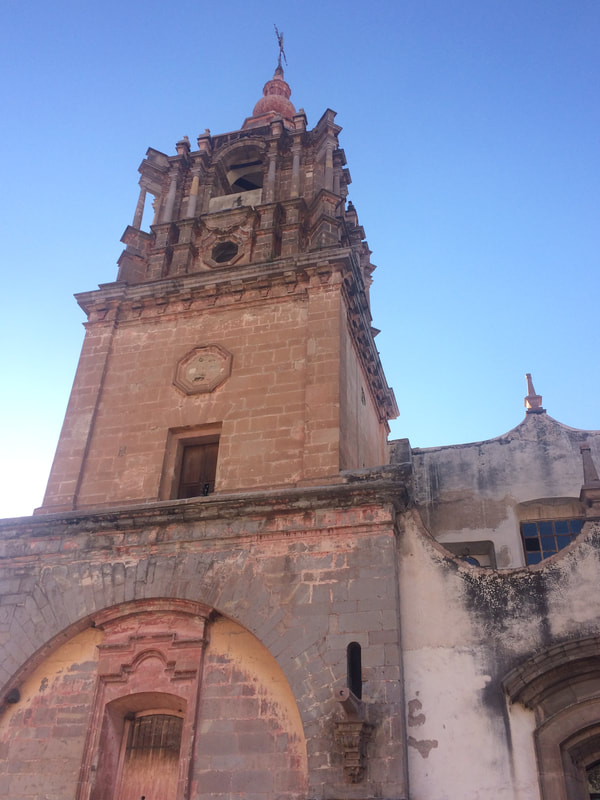
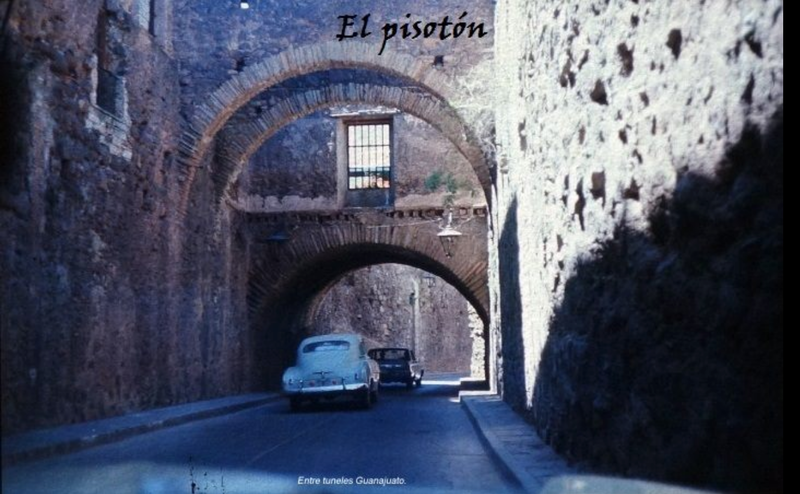
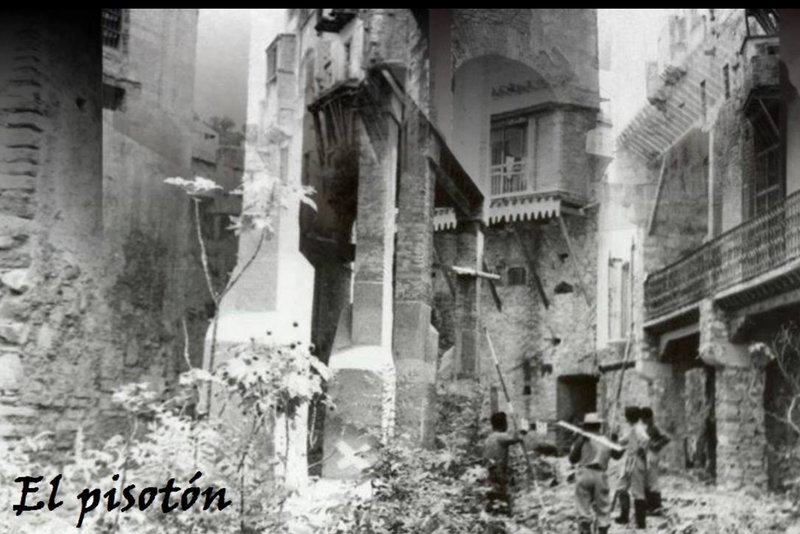
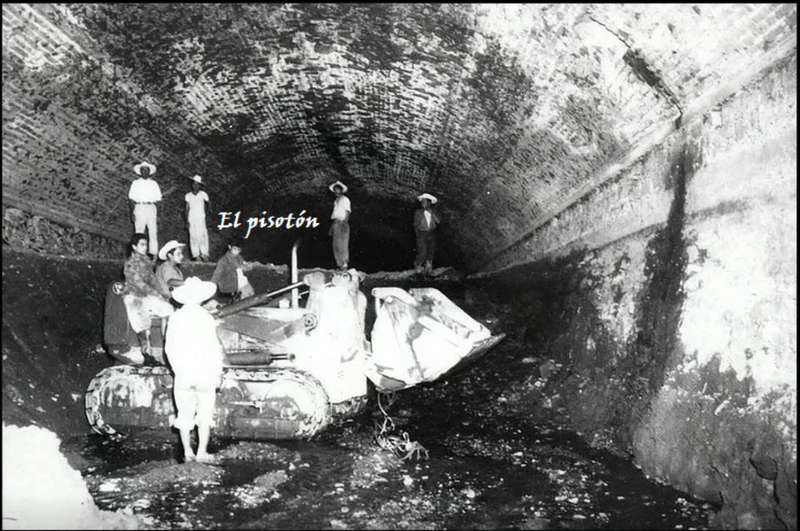
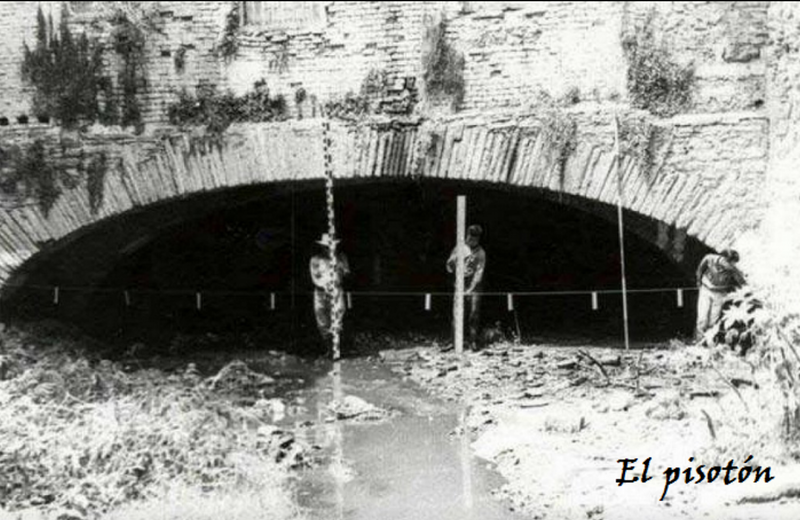
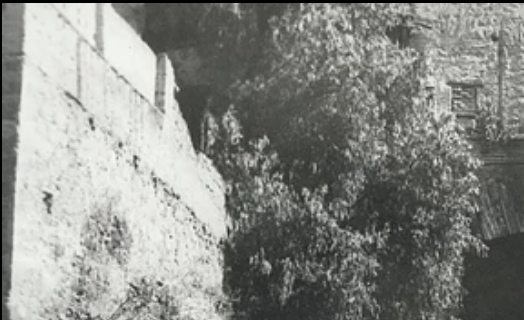
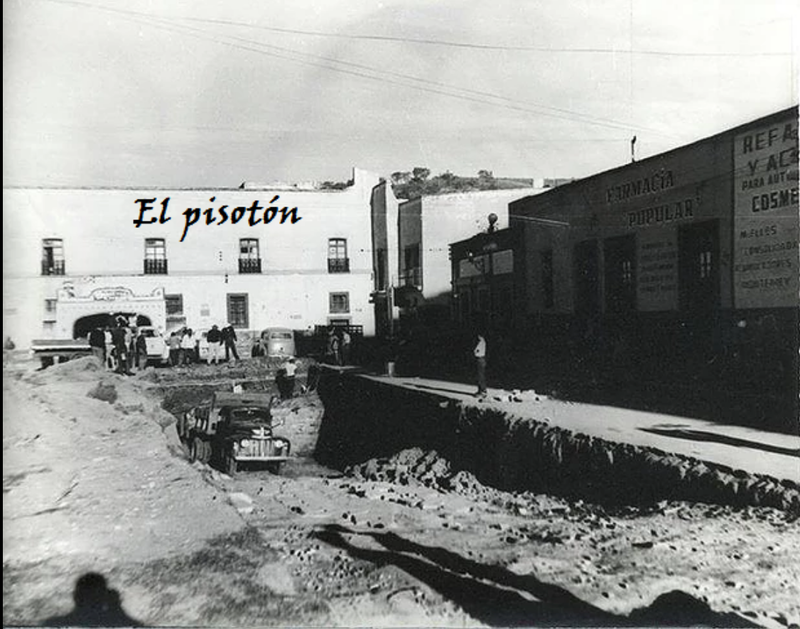
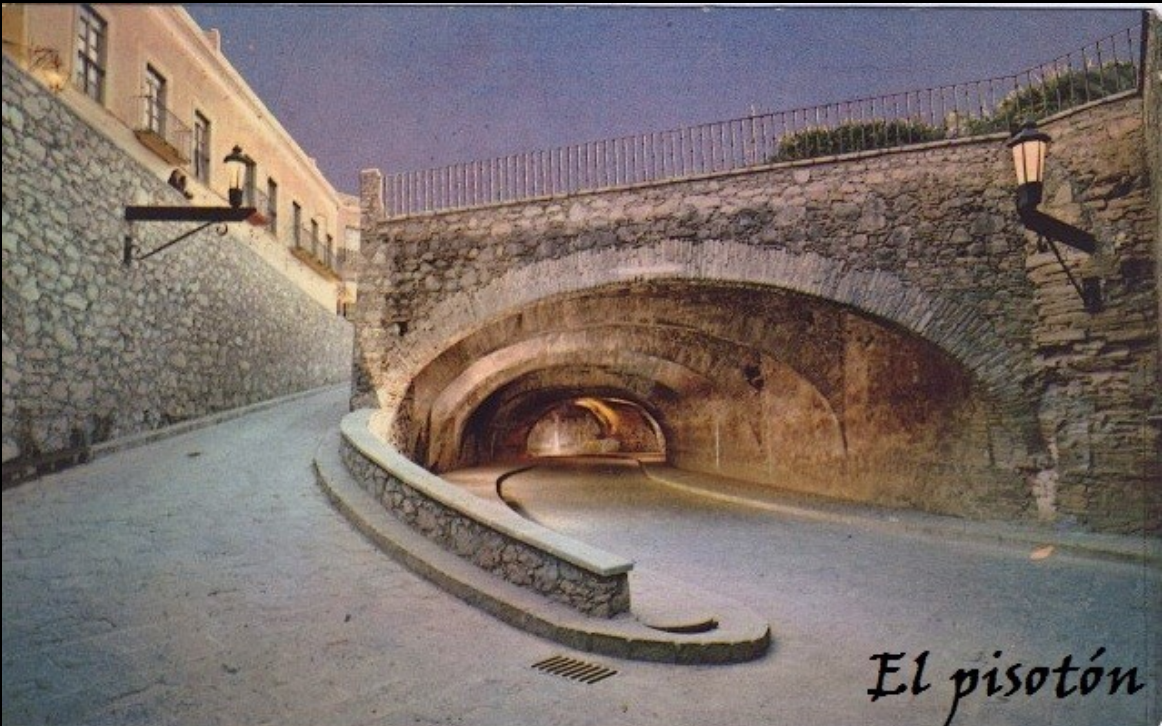
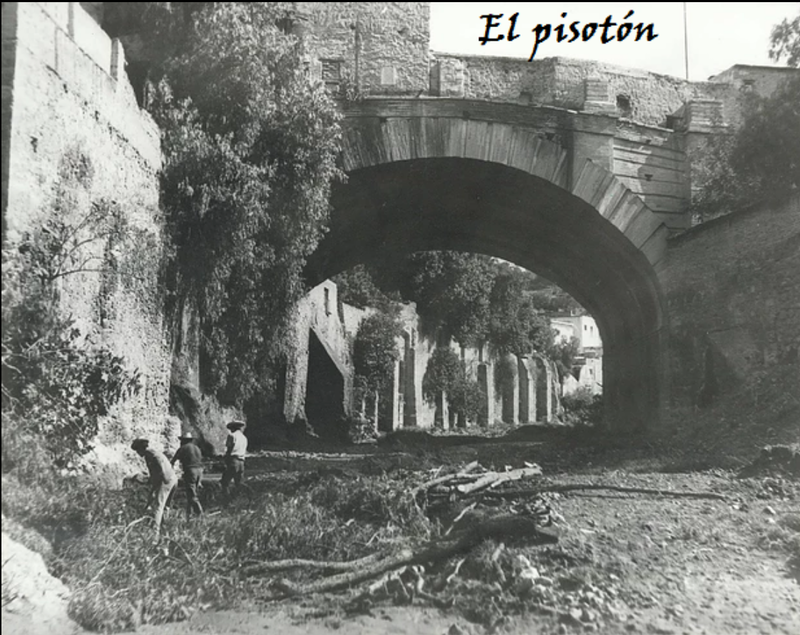
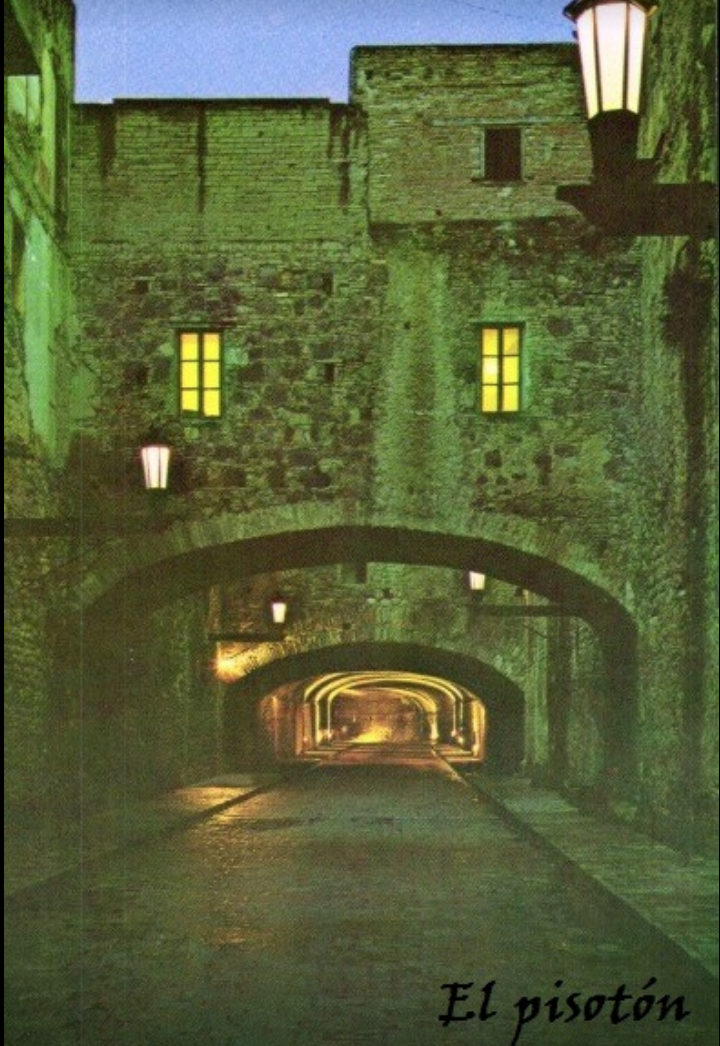
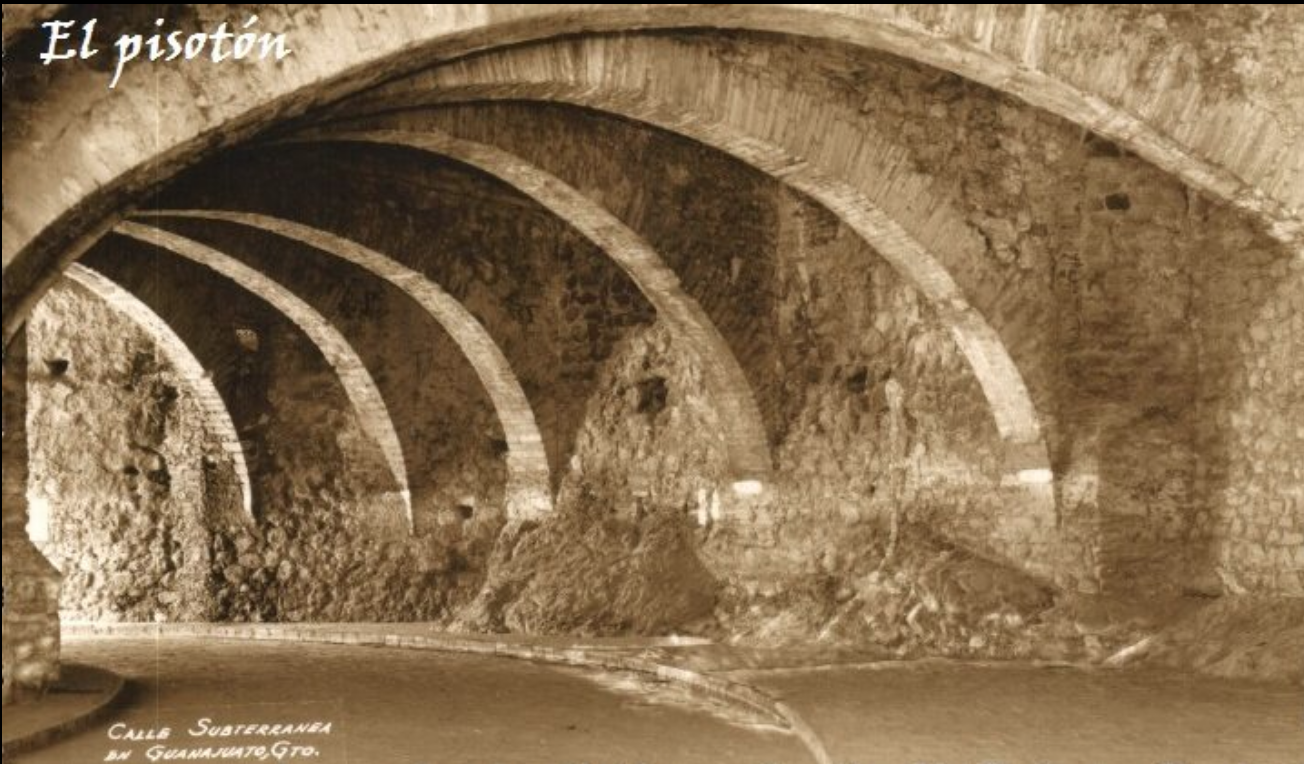
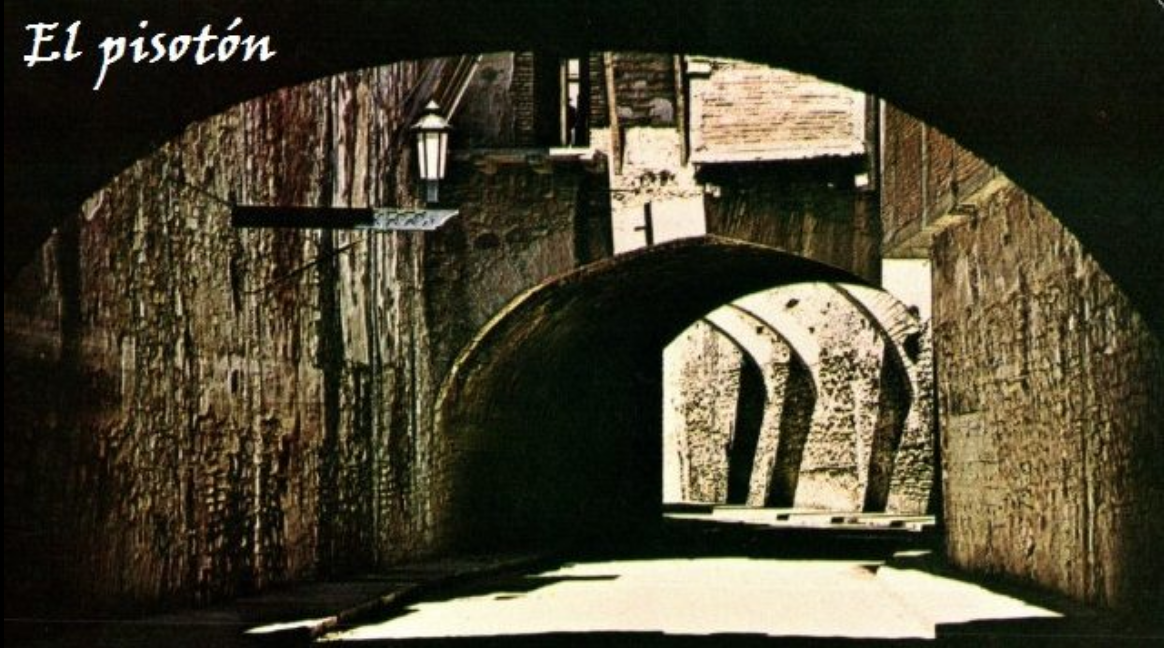
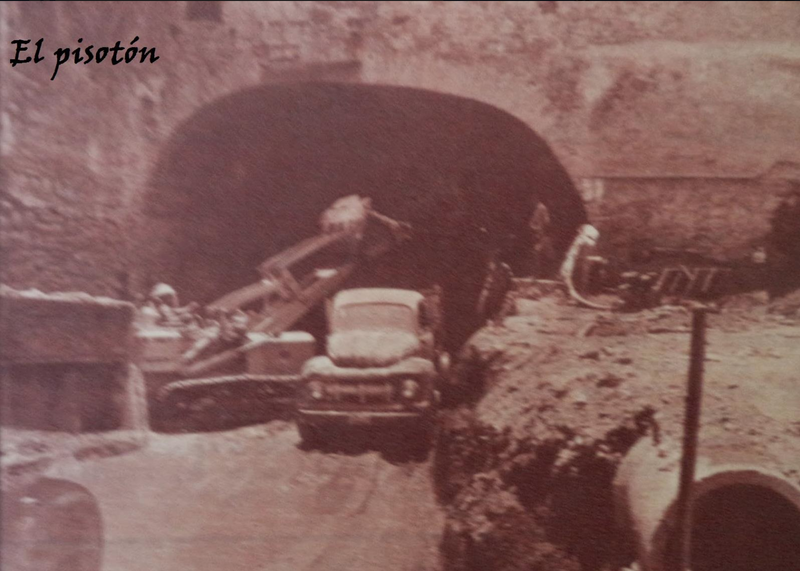
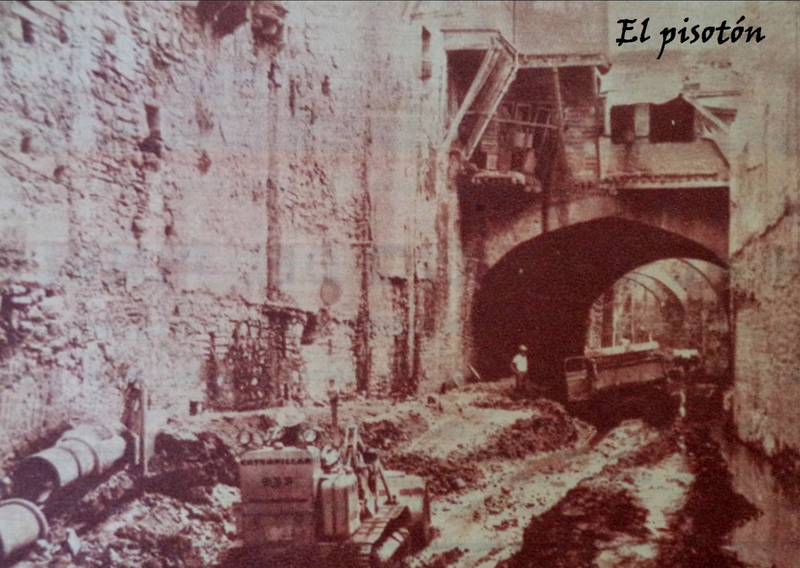
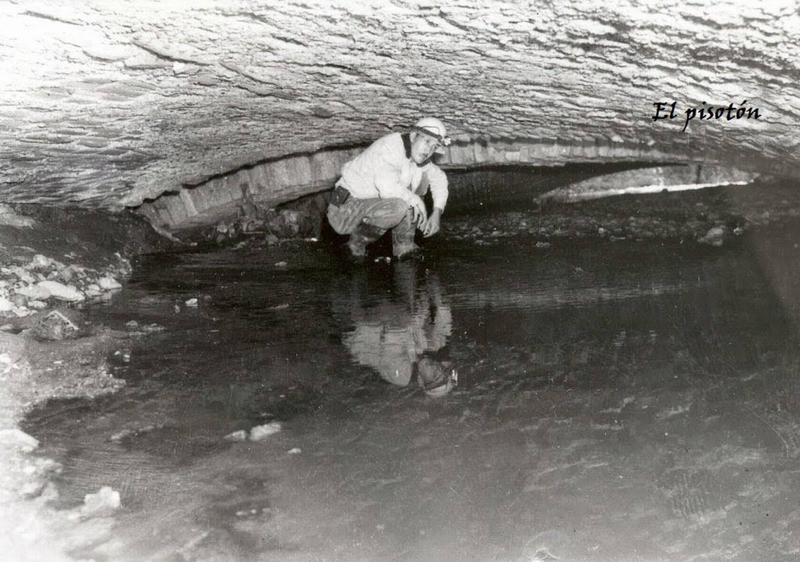
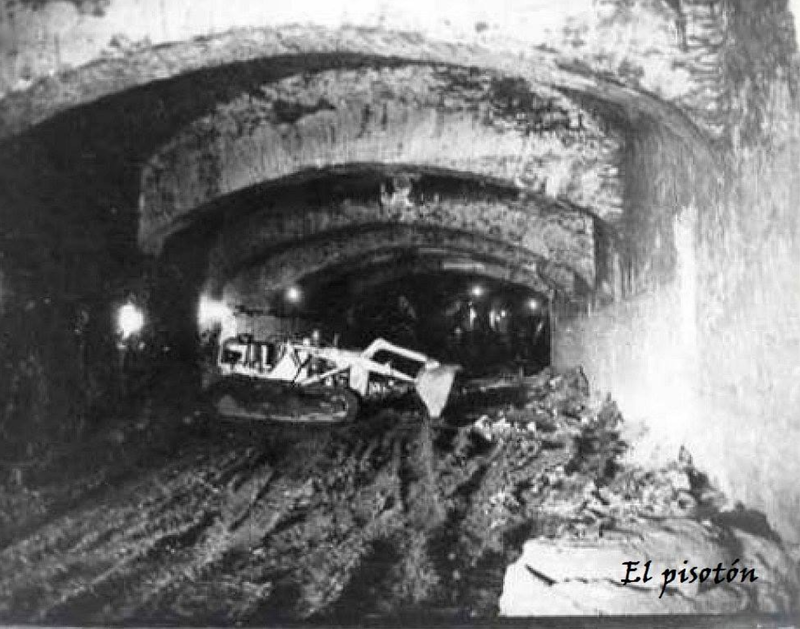
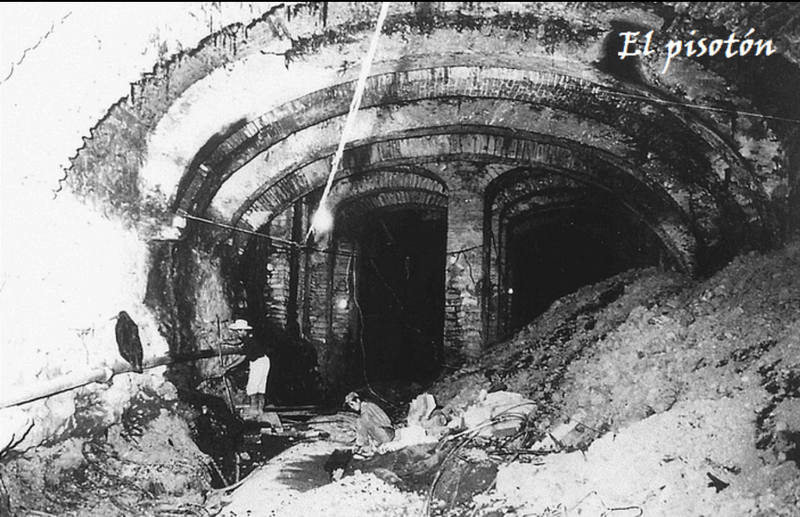
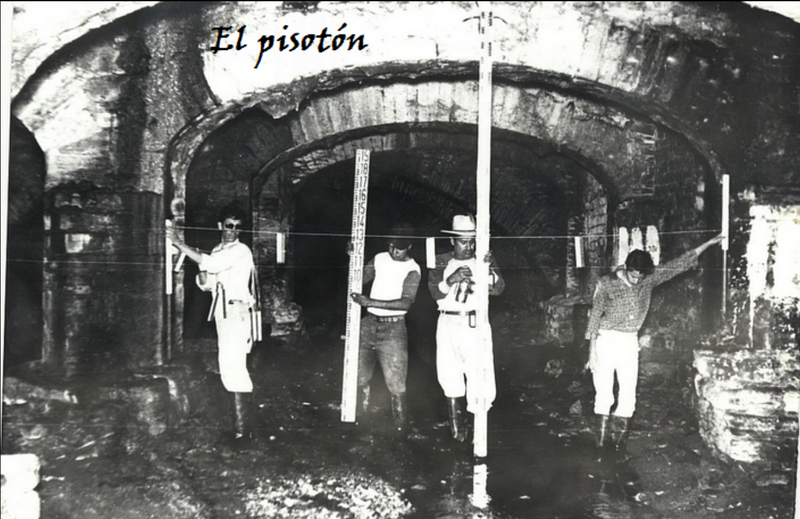
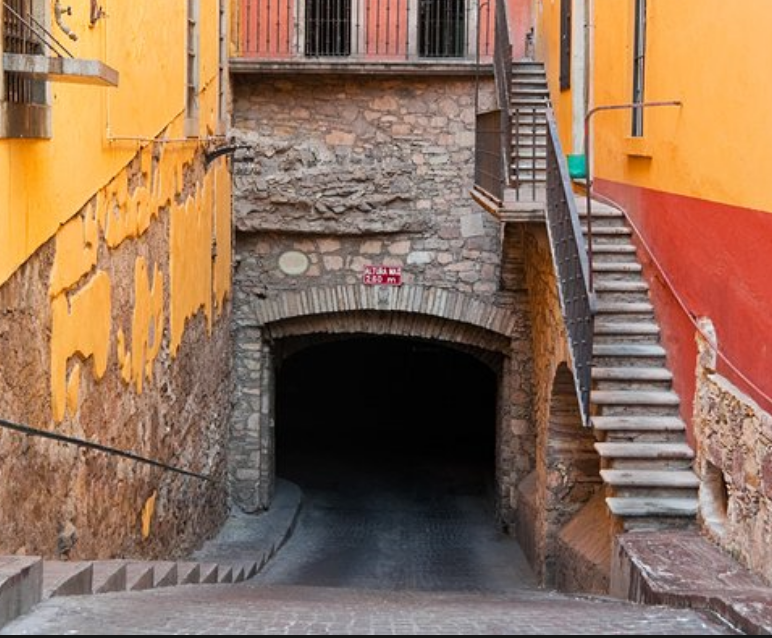
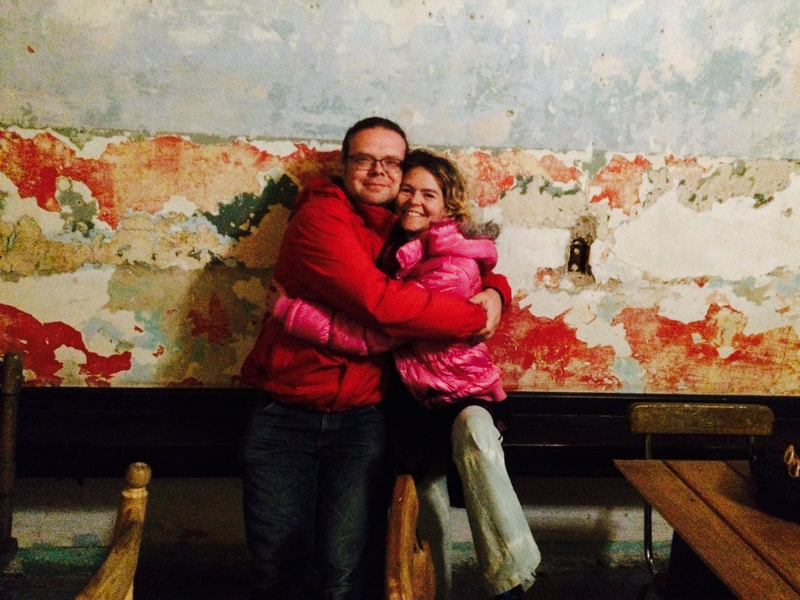
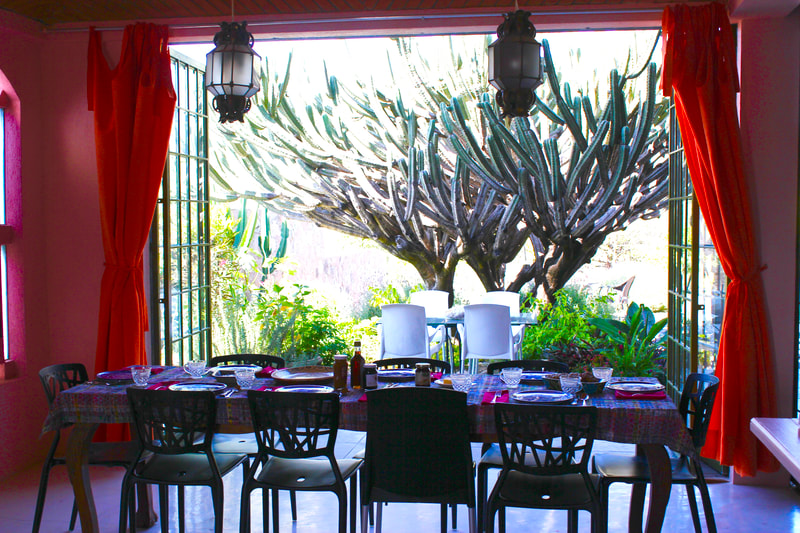
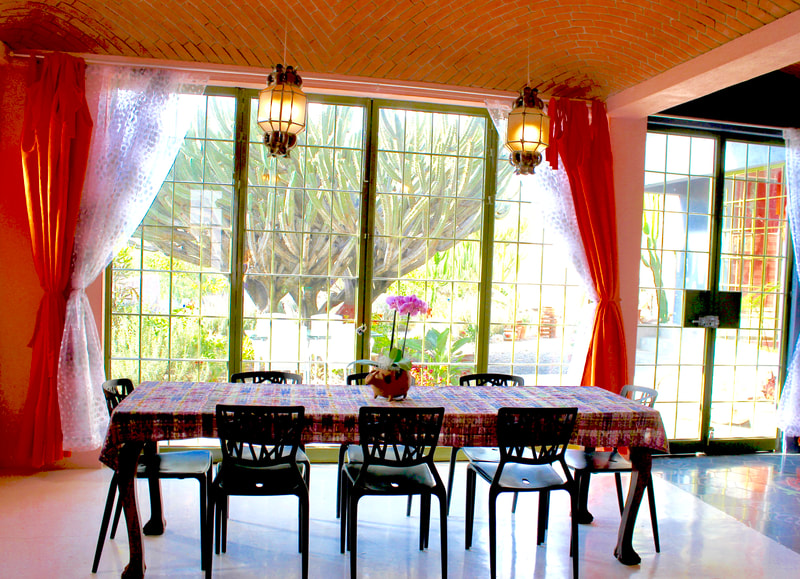
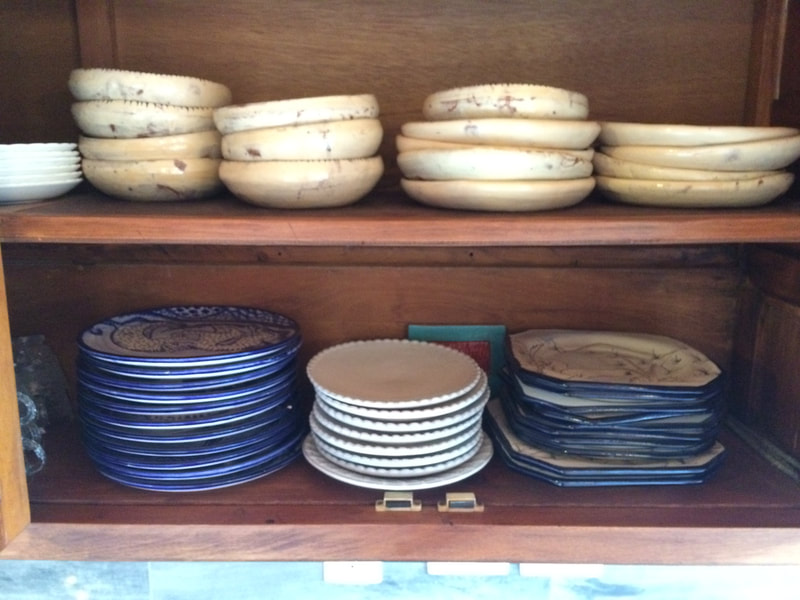
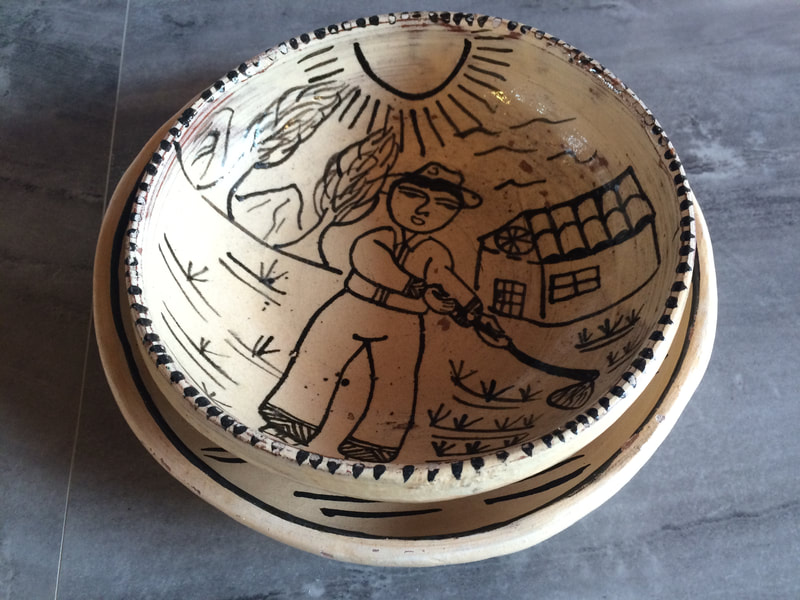
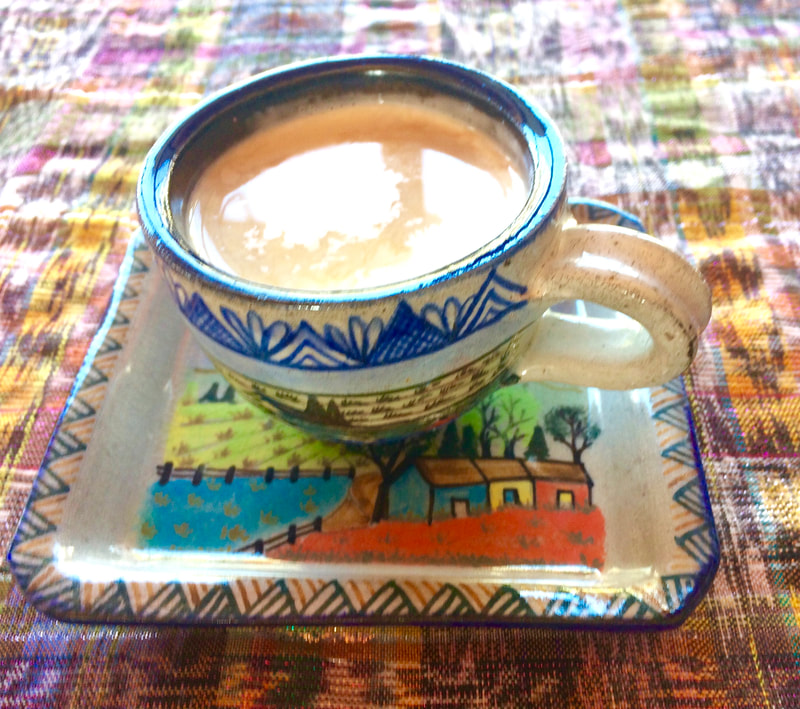
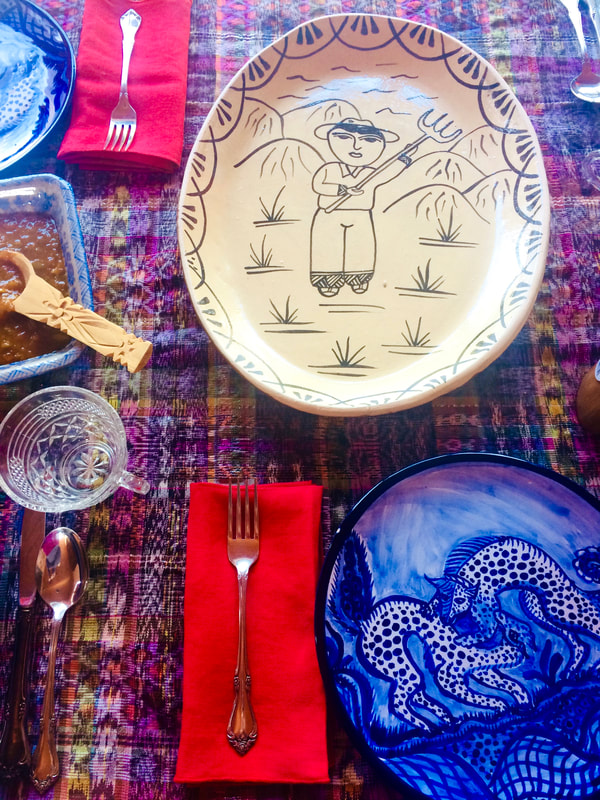
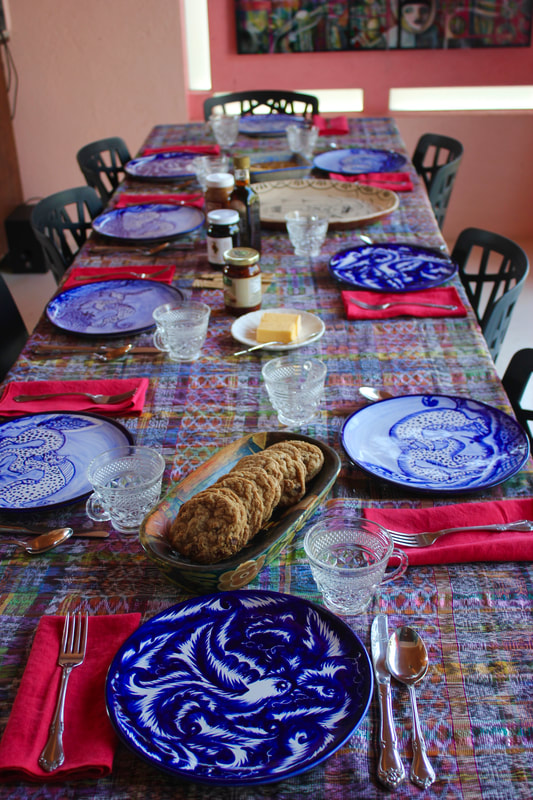
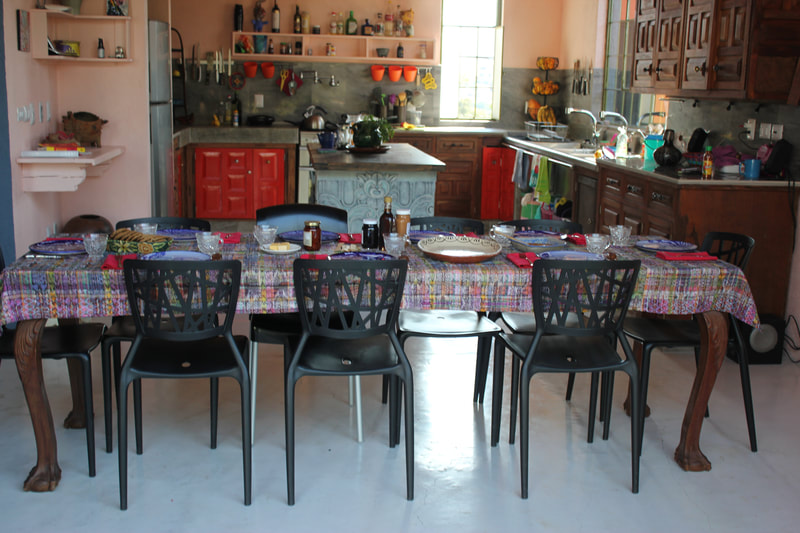
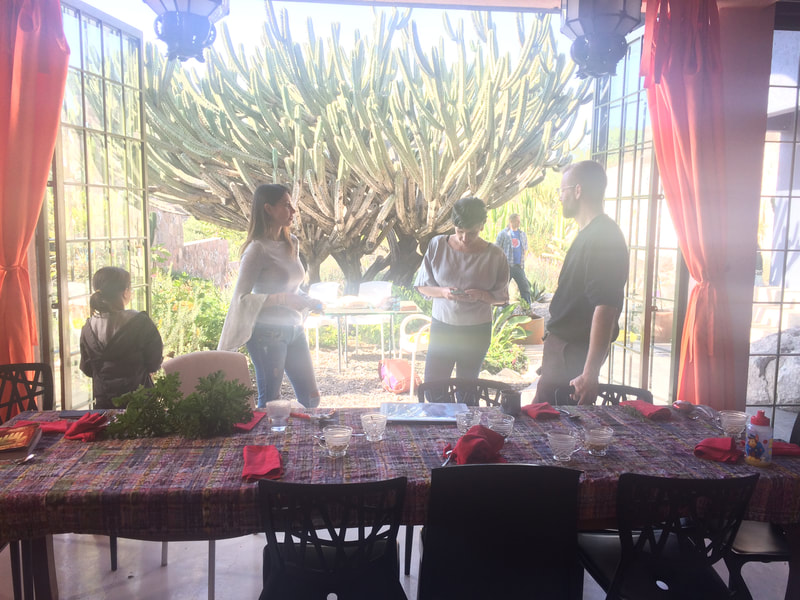
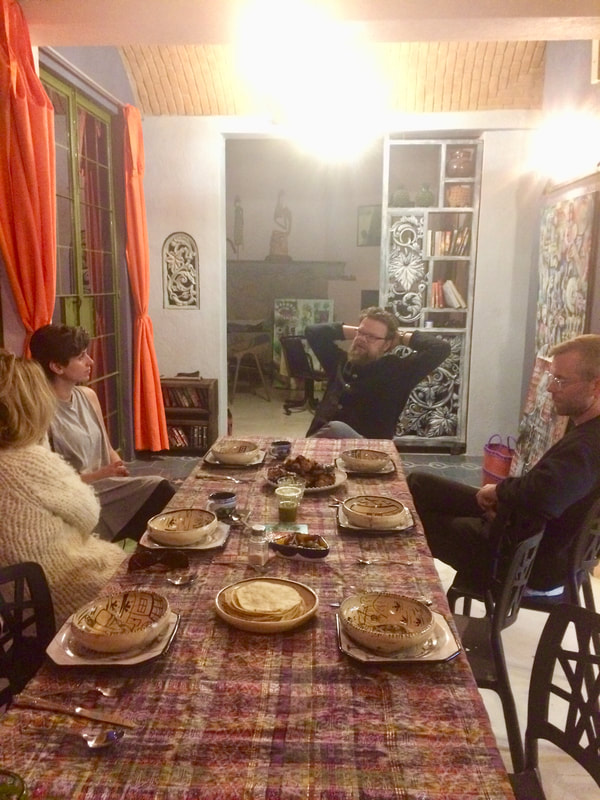

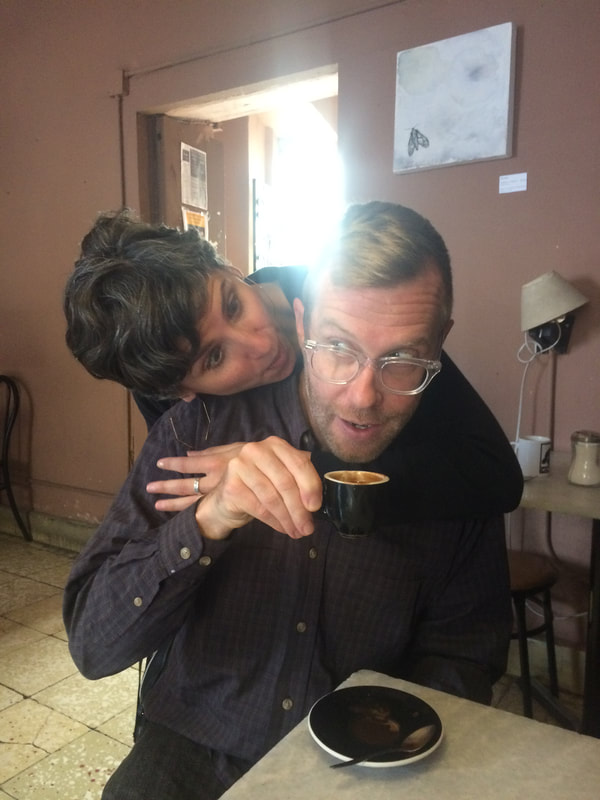
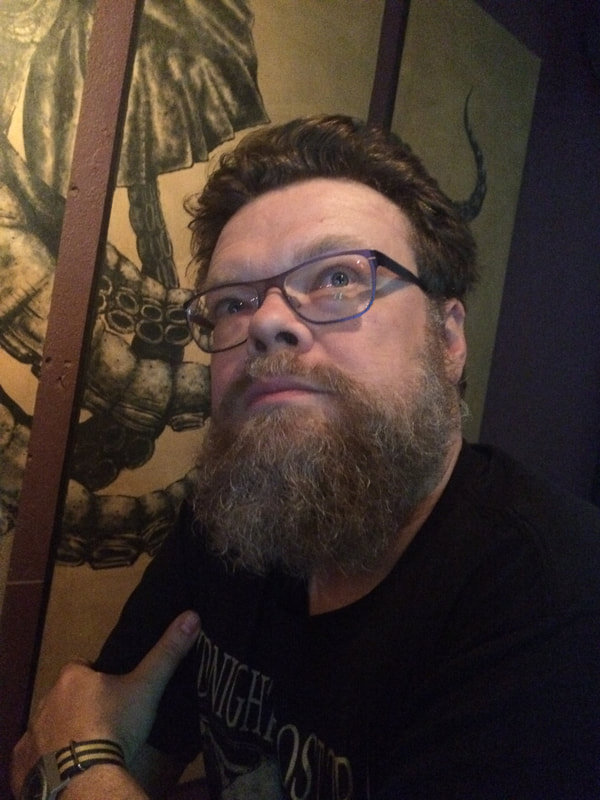
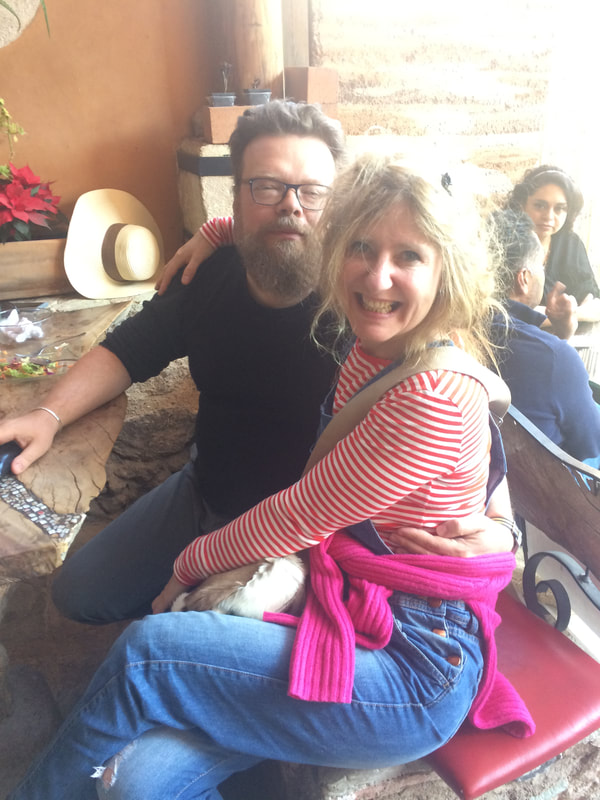
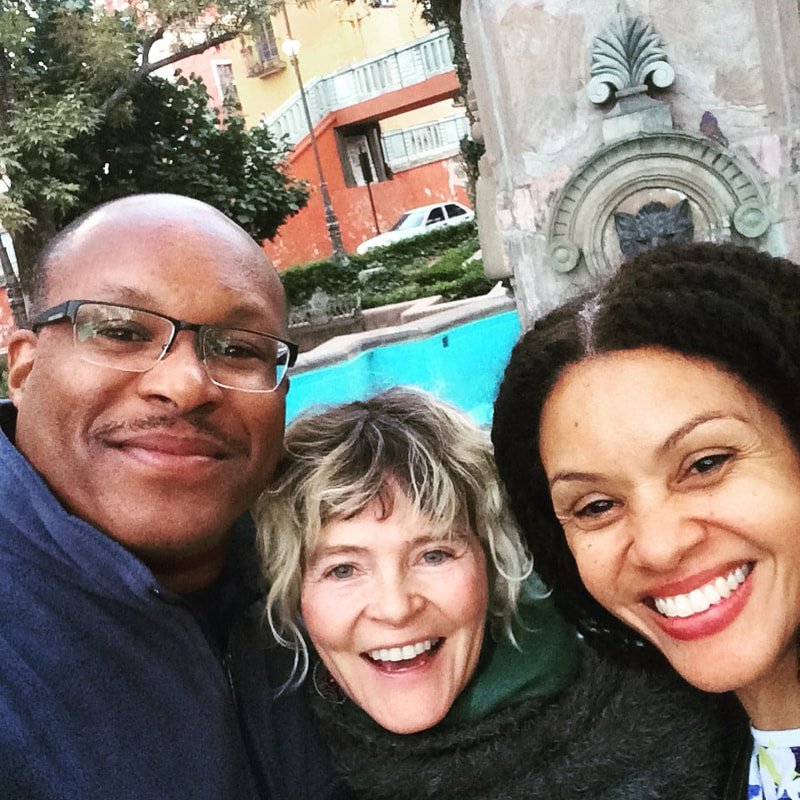
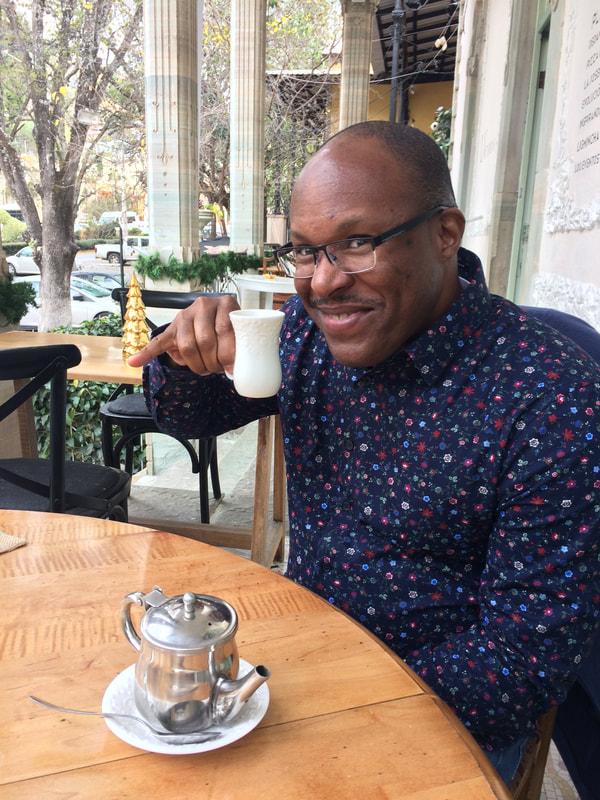
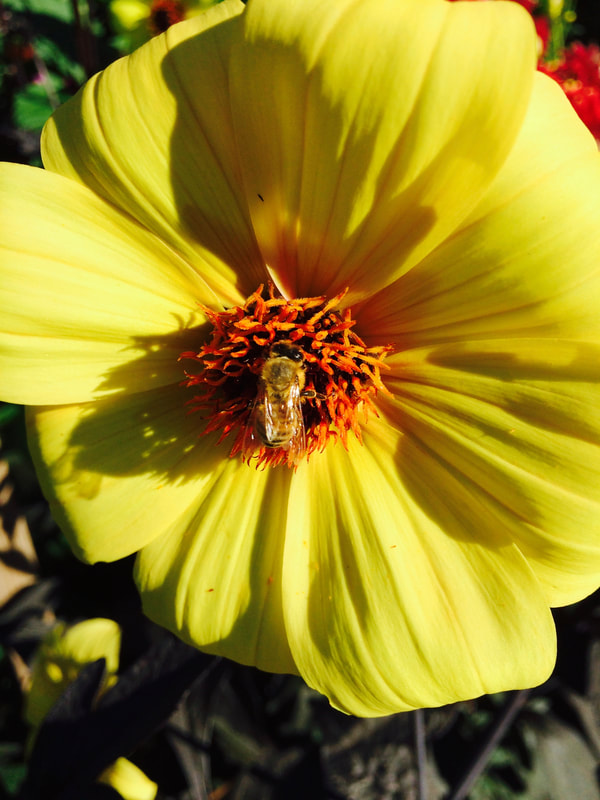
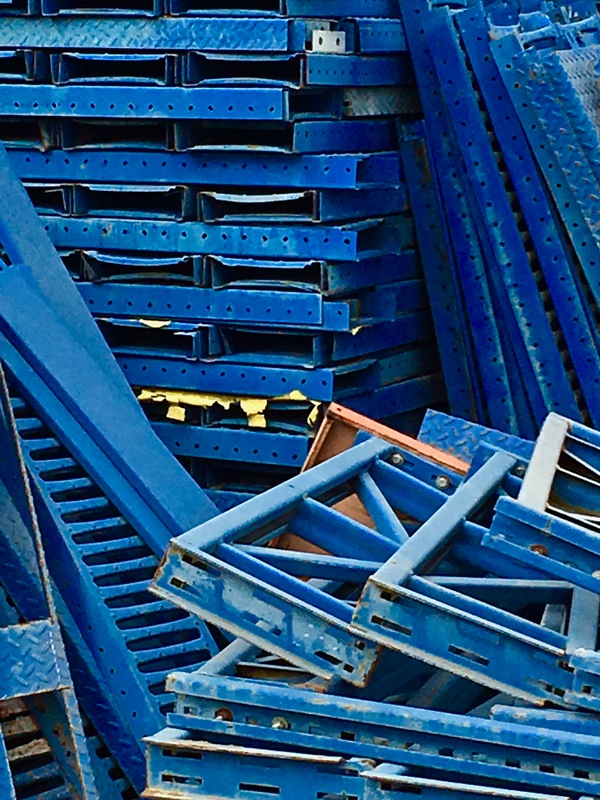
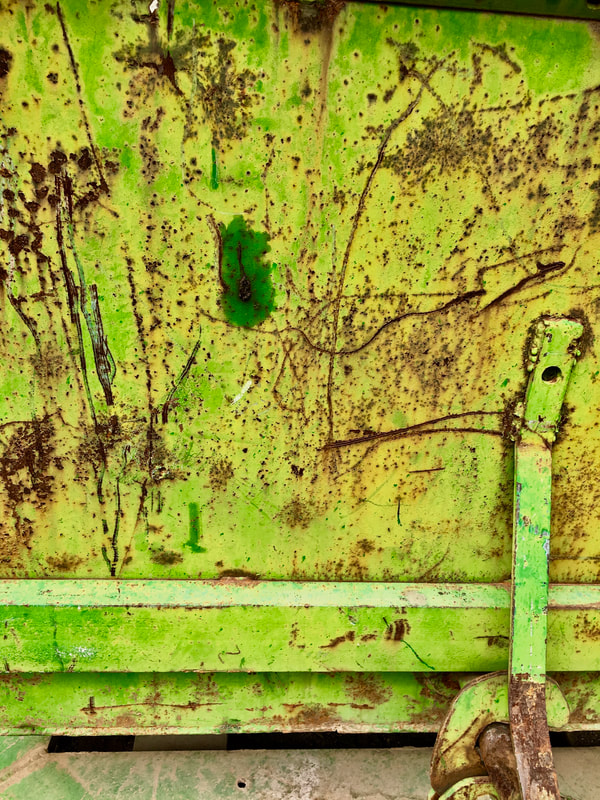
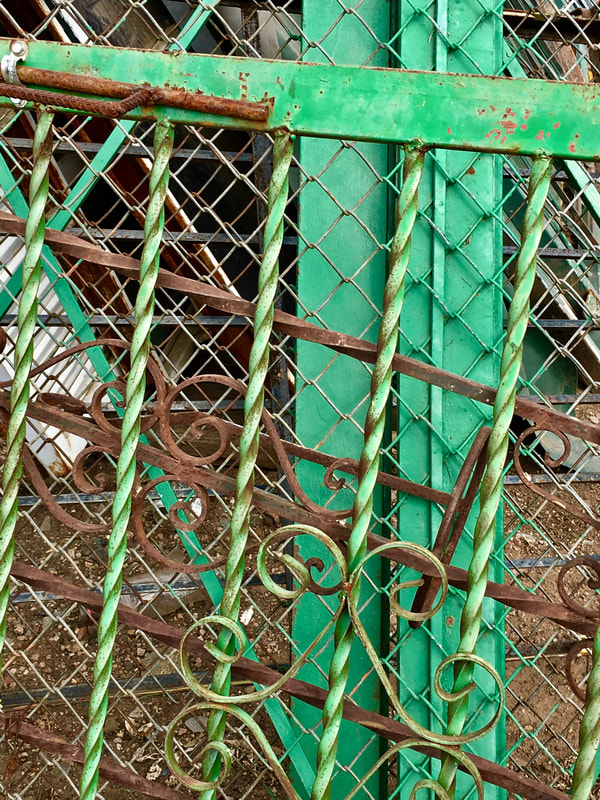
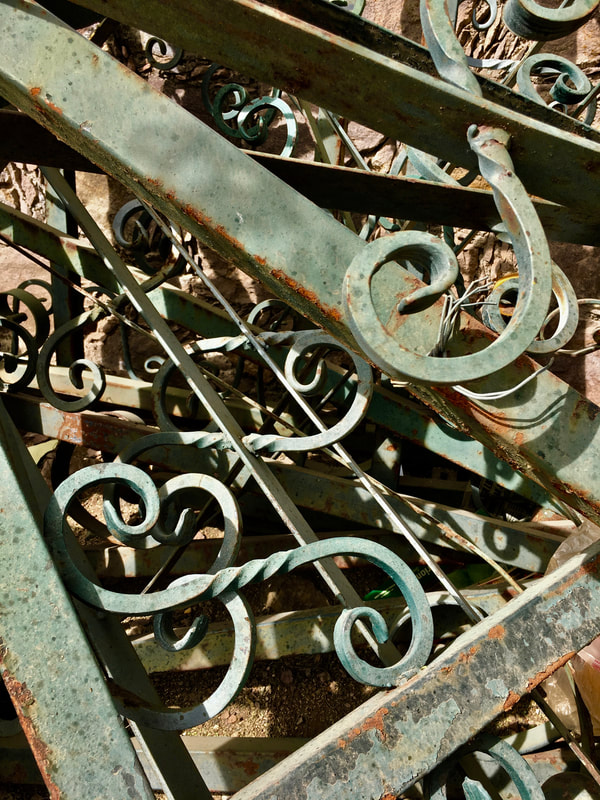
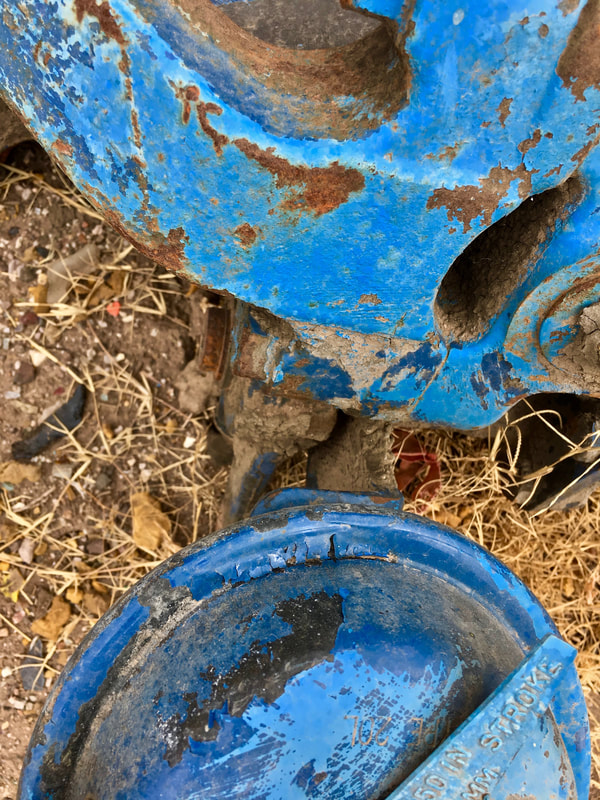
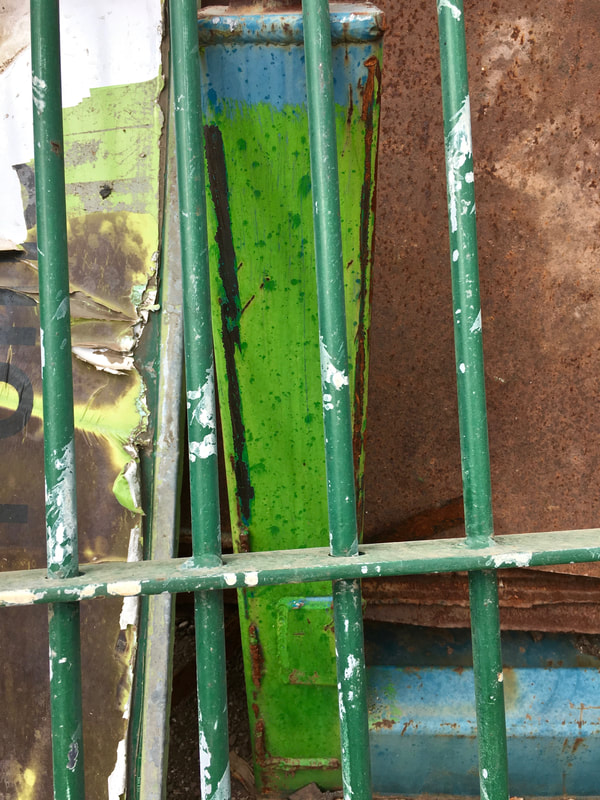
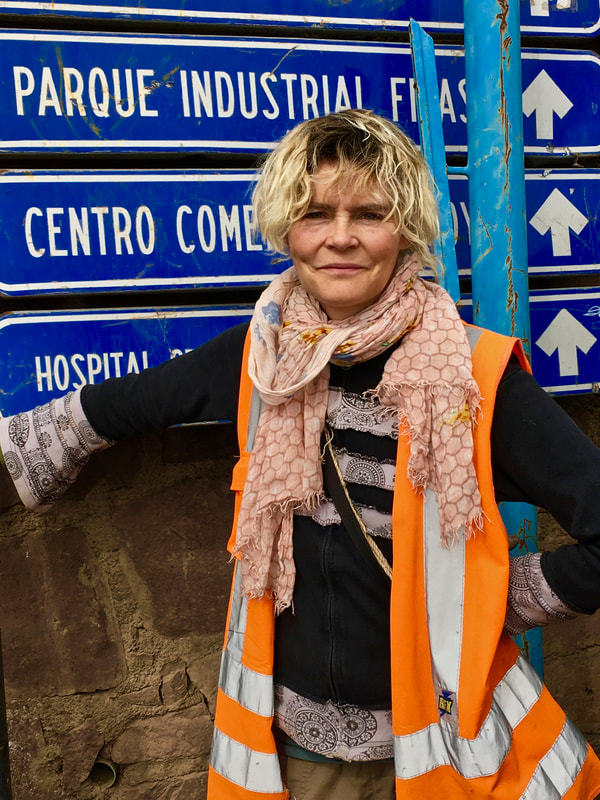
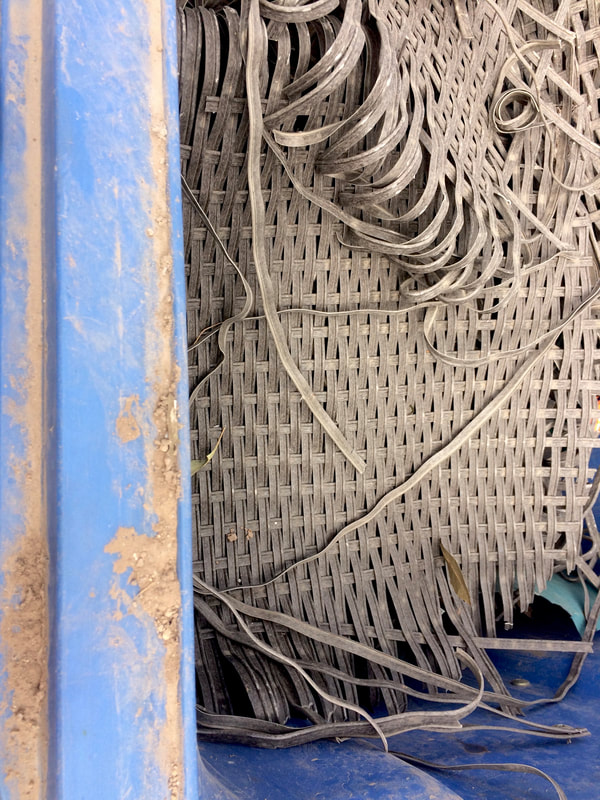
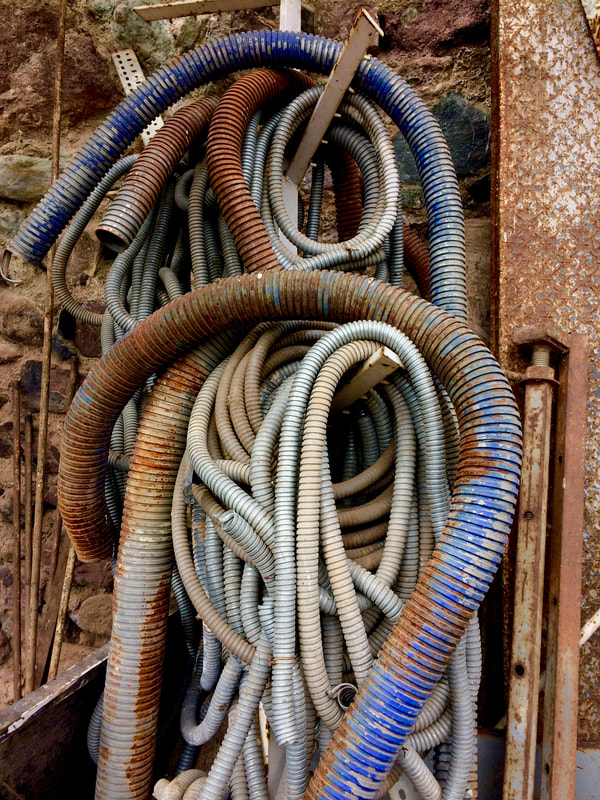
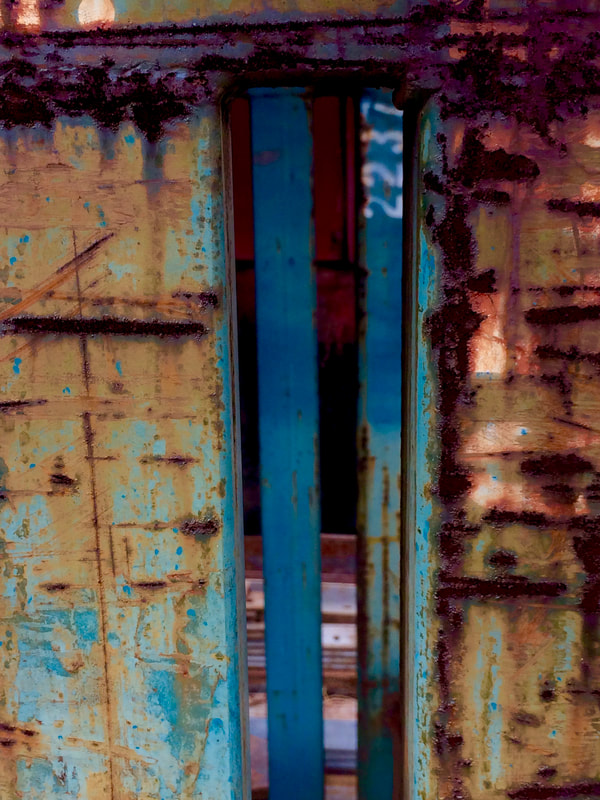
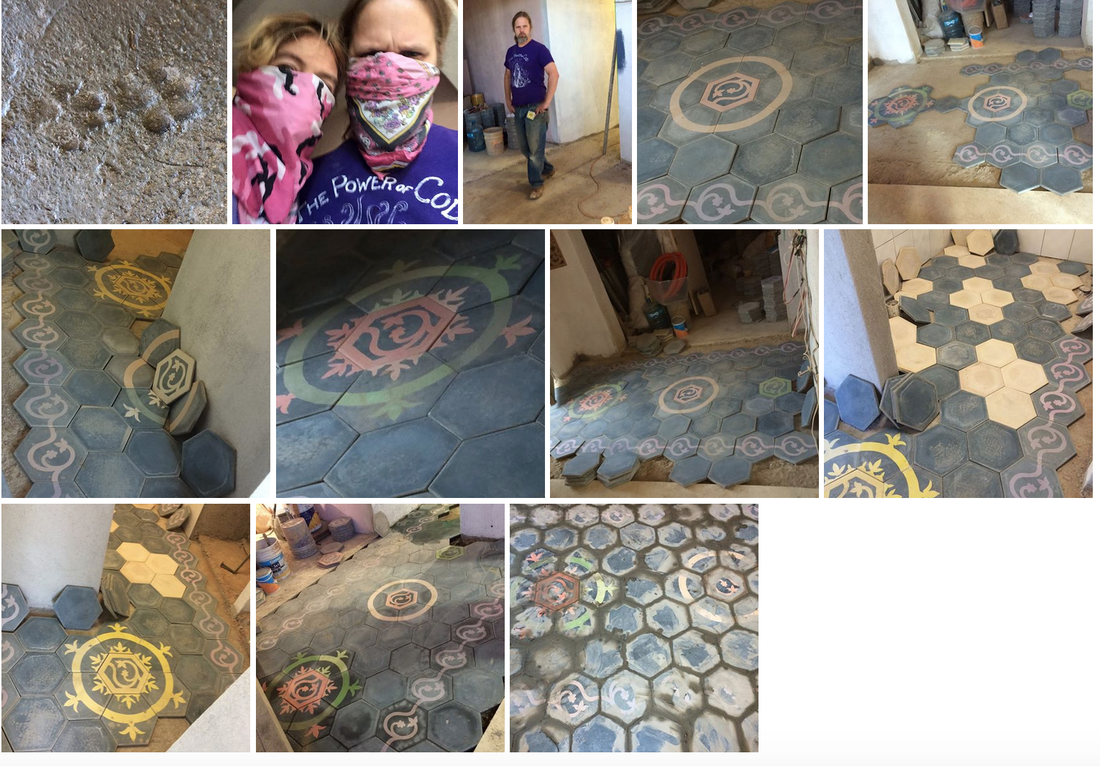
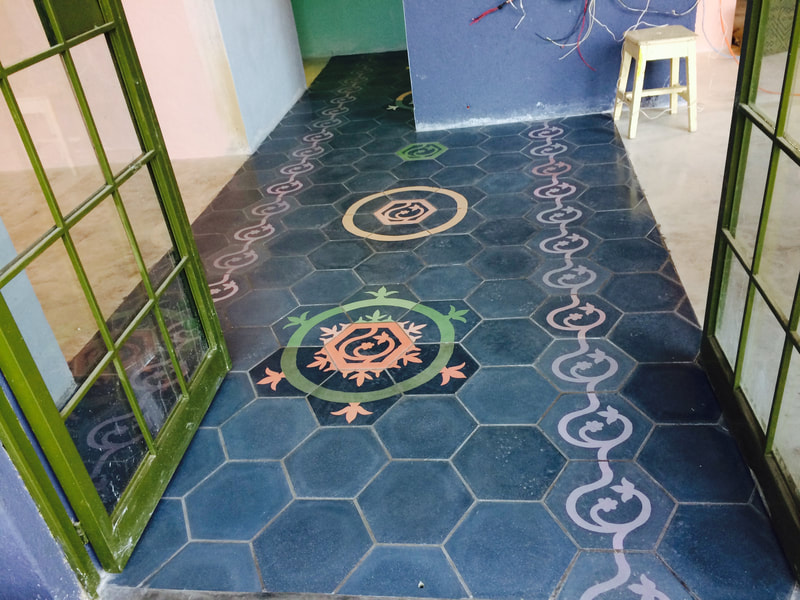
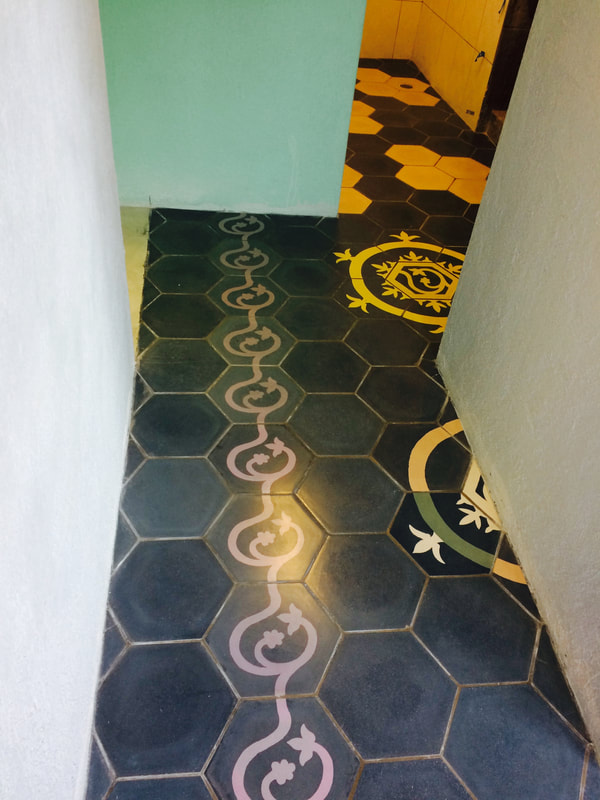
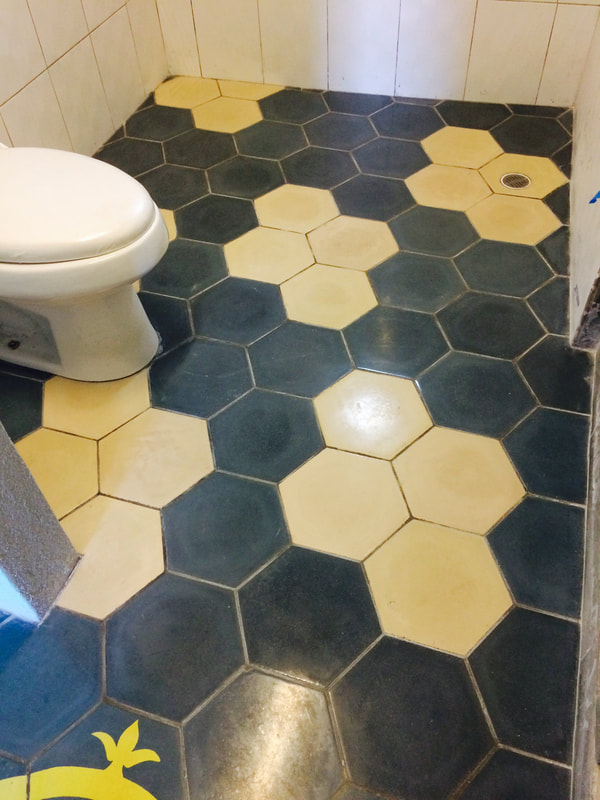
 RSS Feed
RSS Feed
